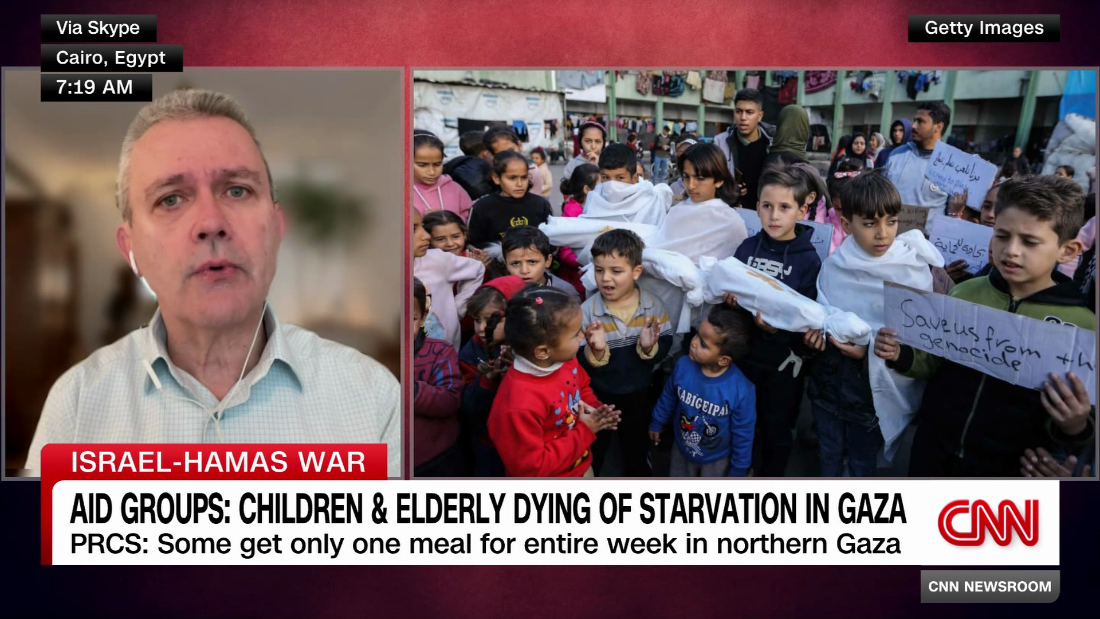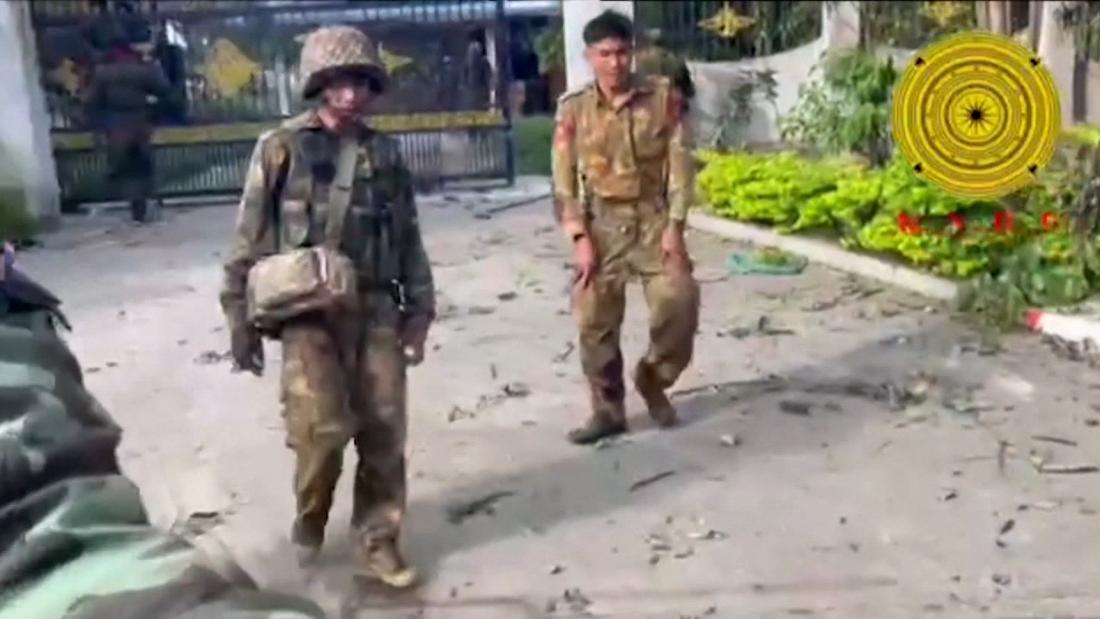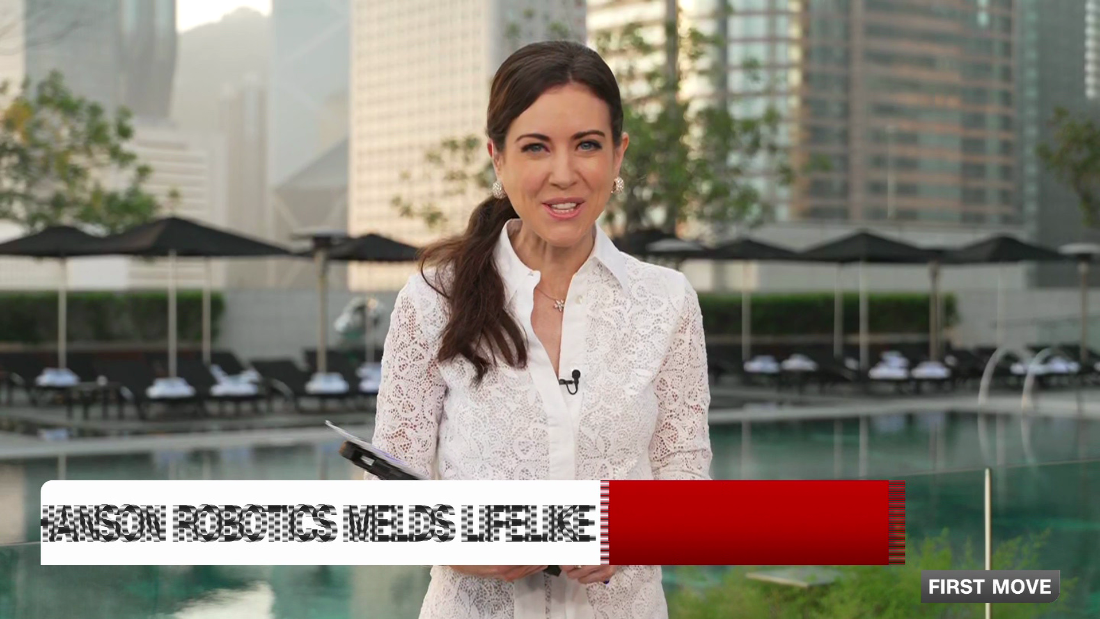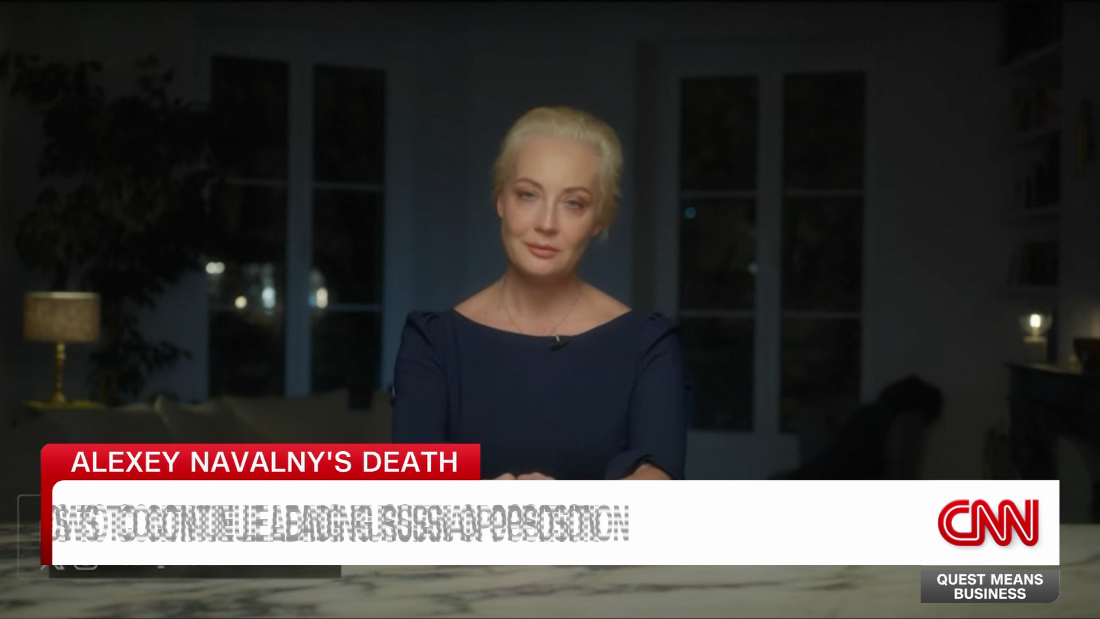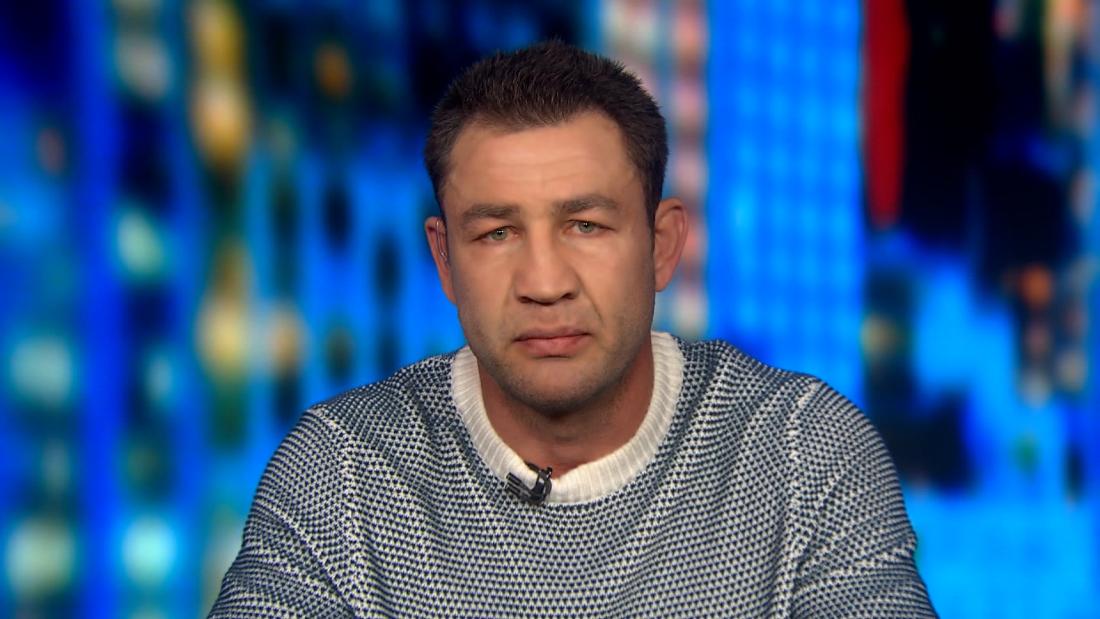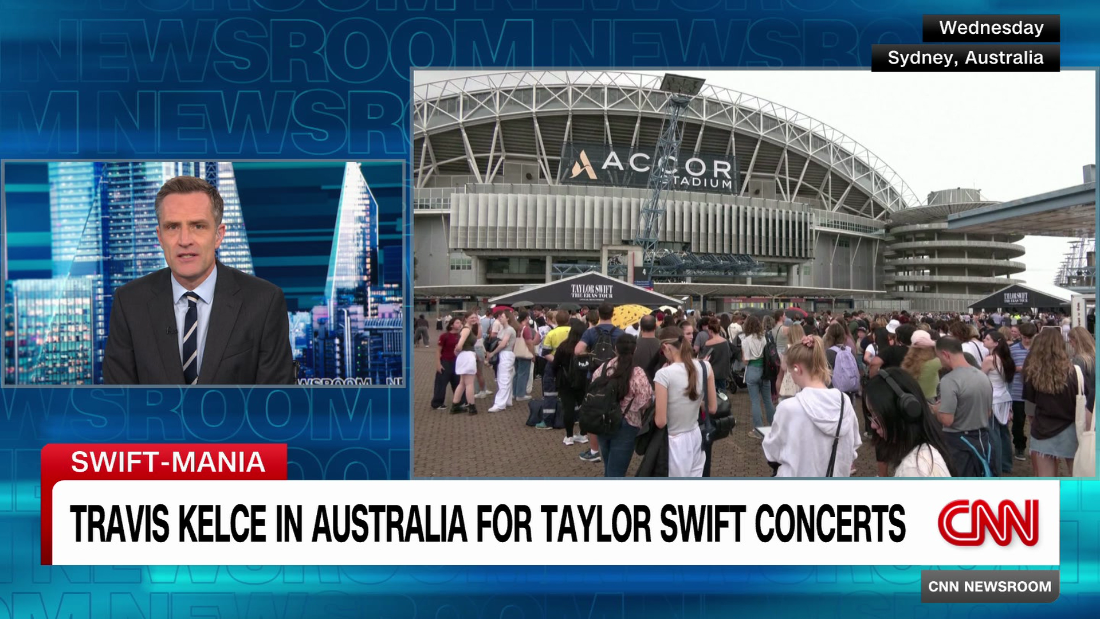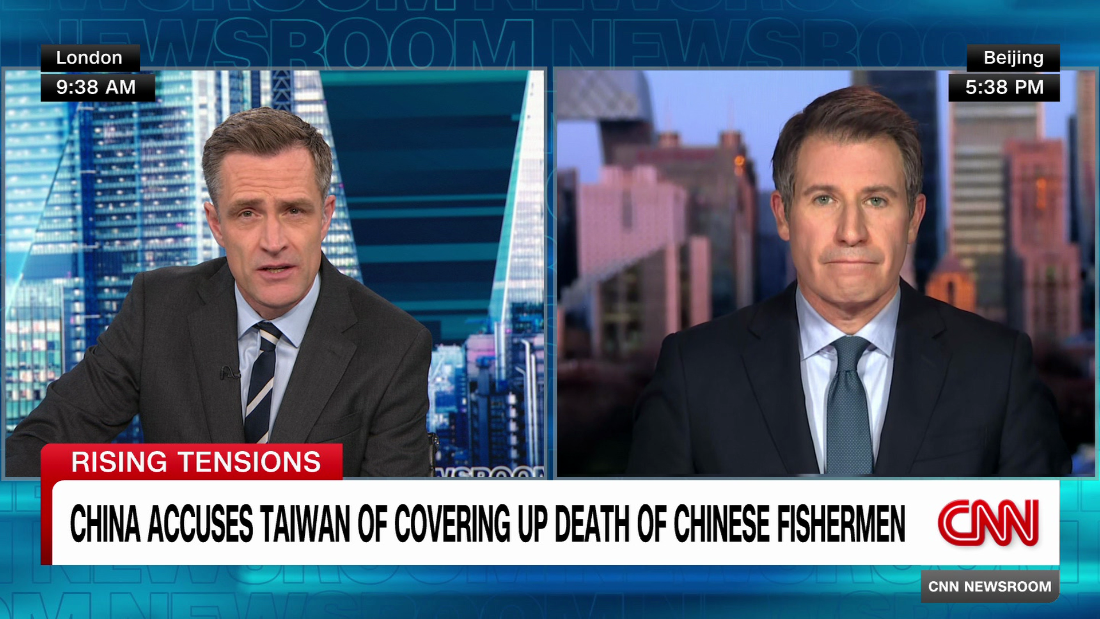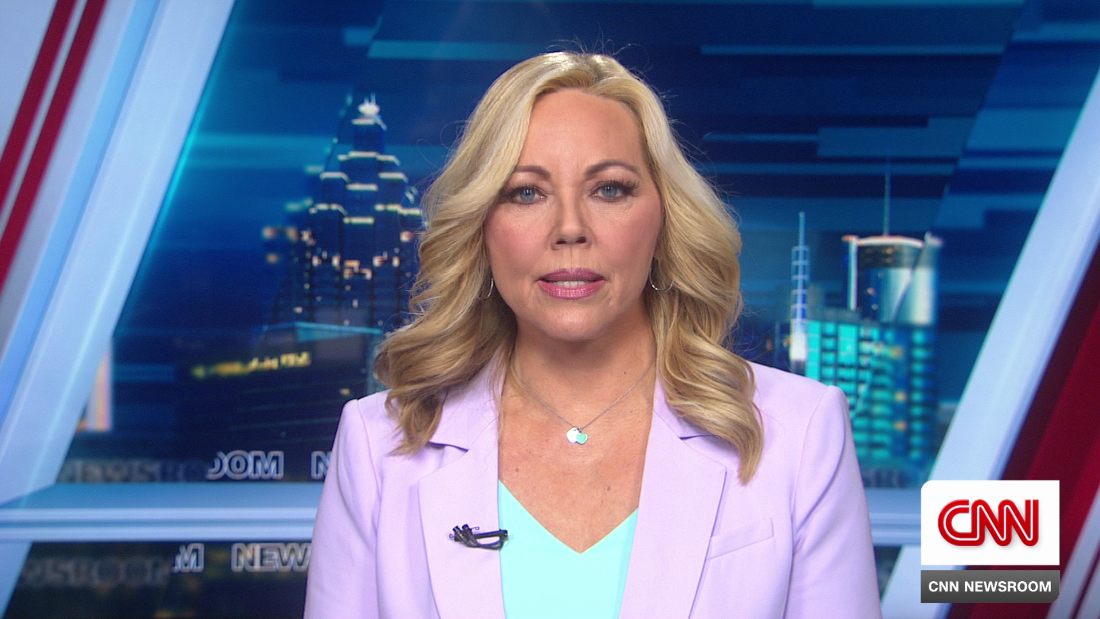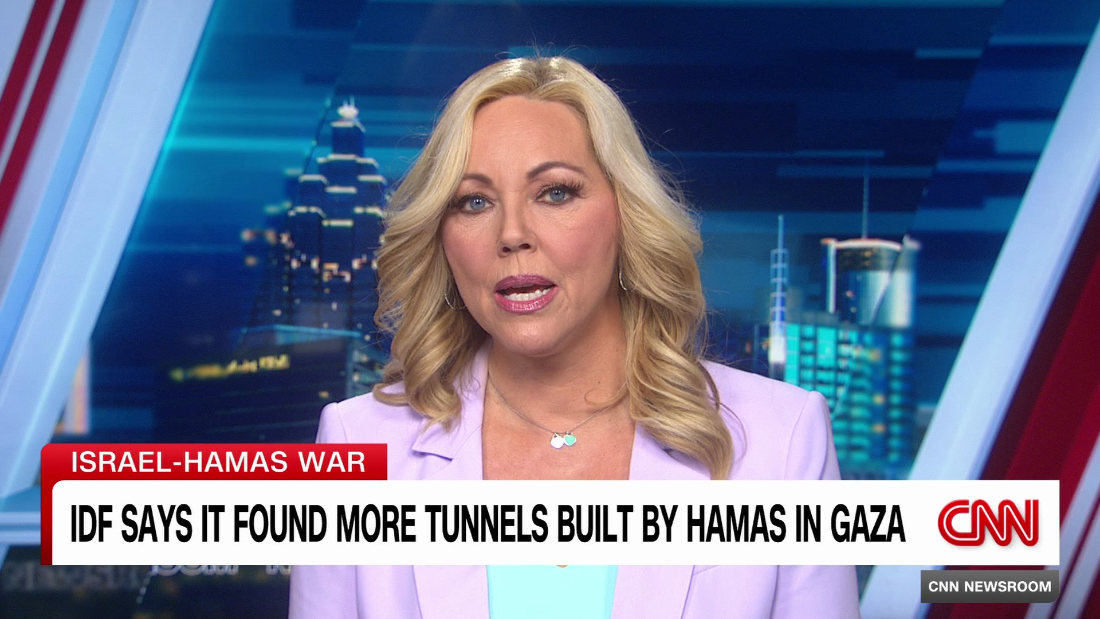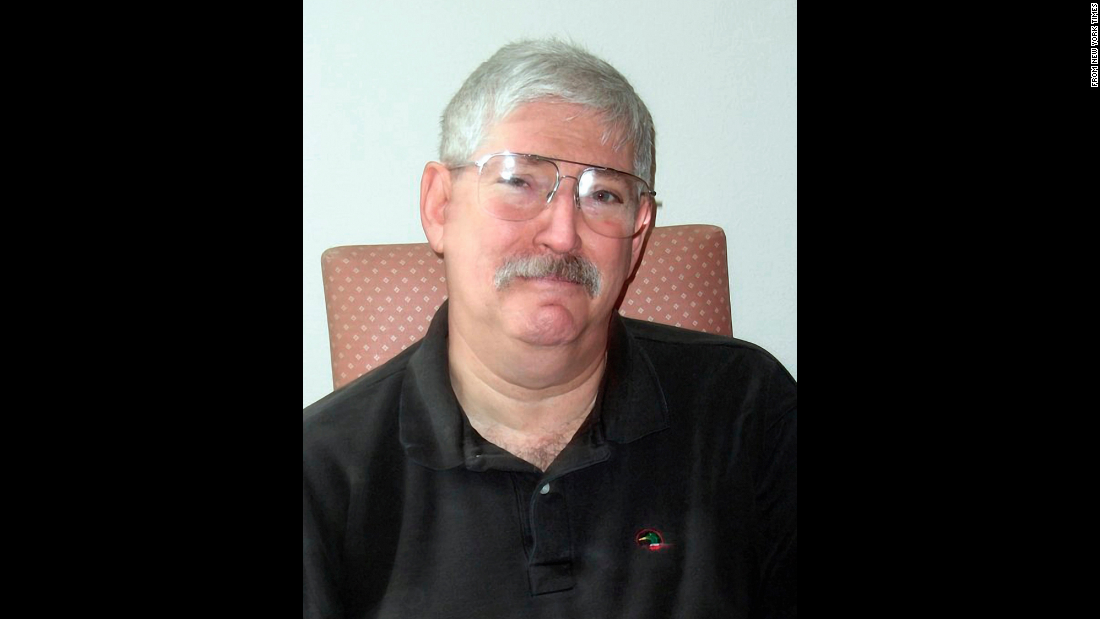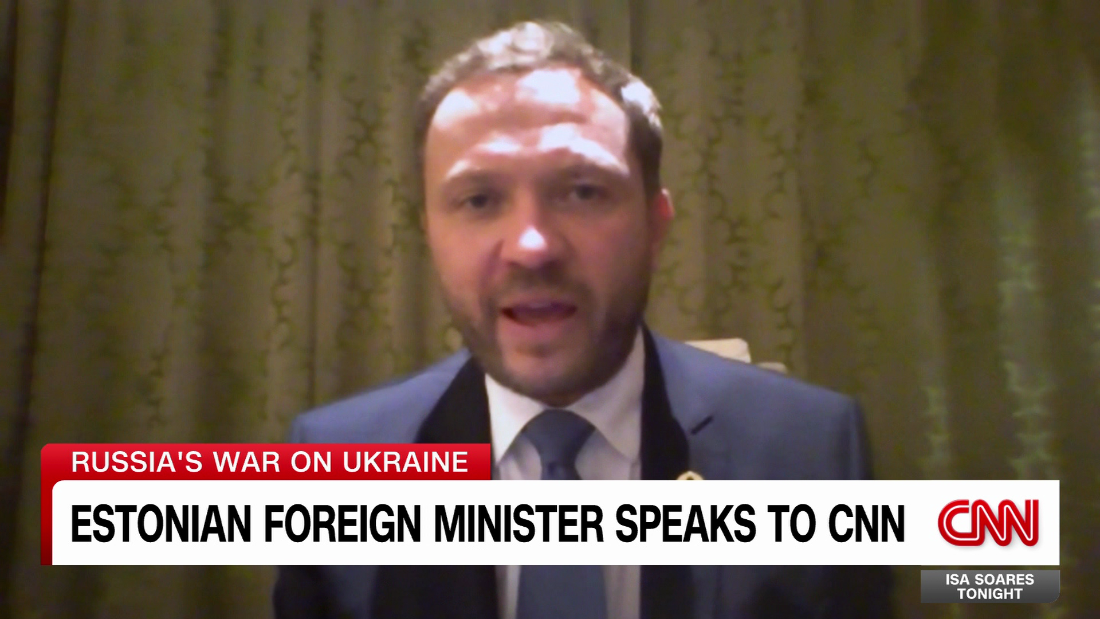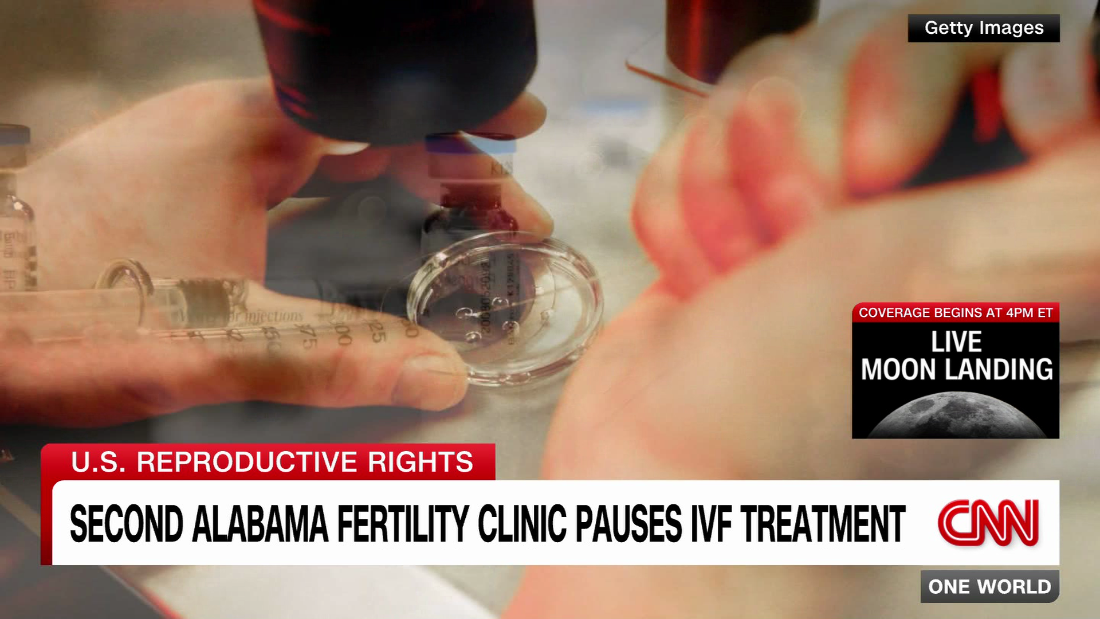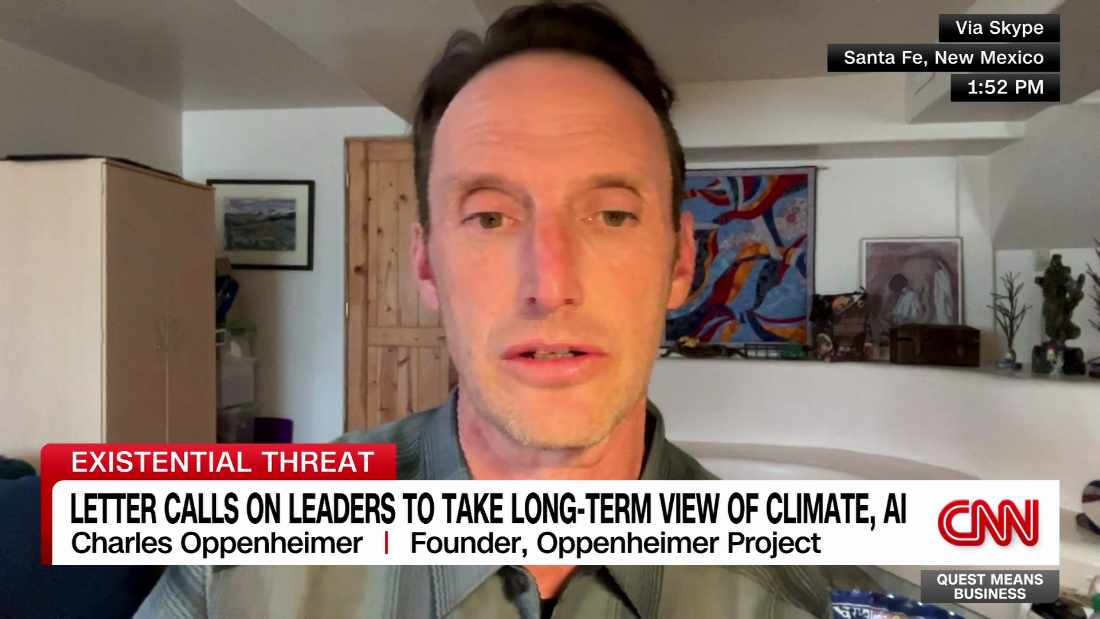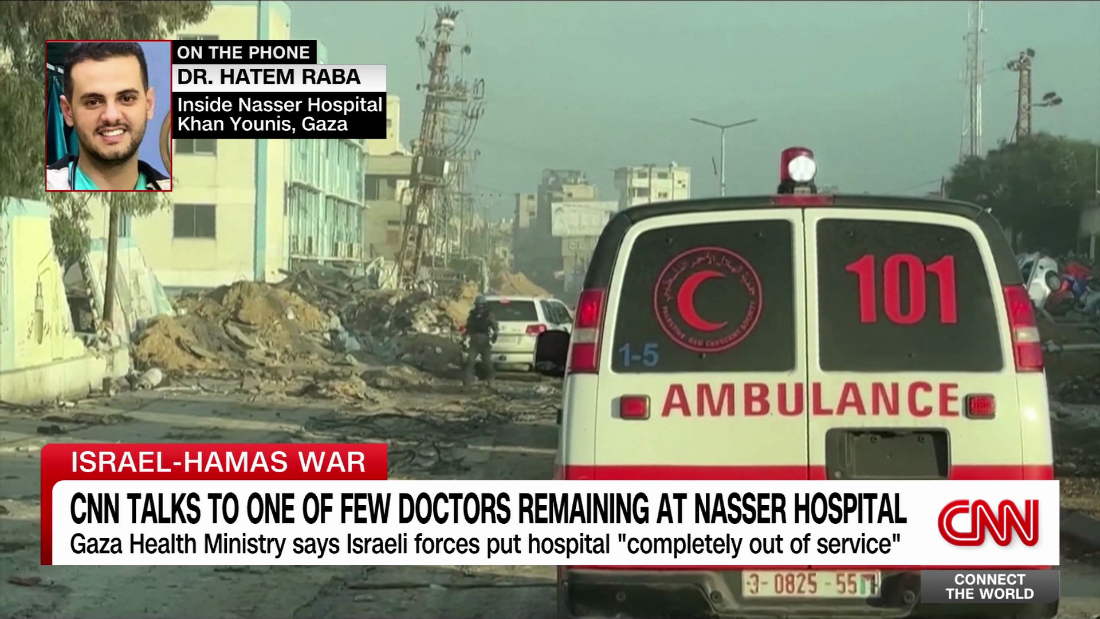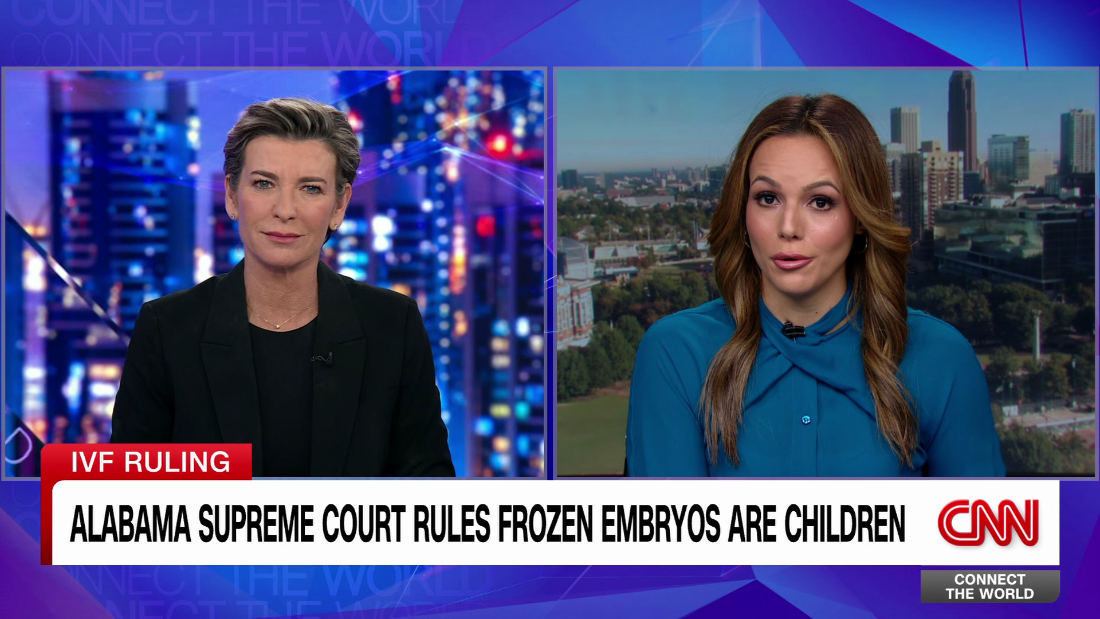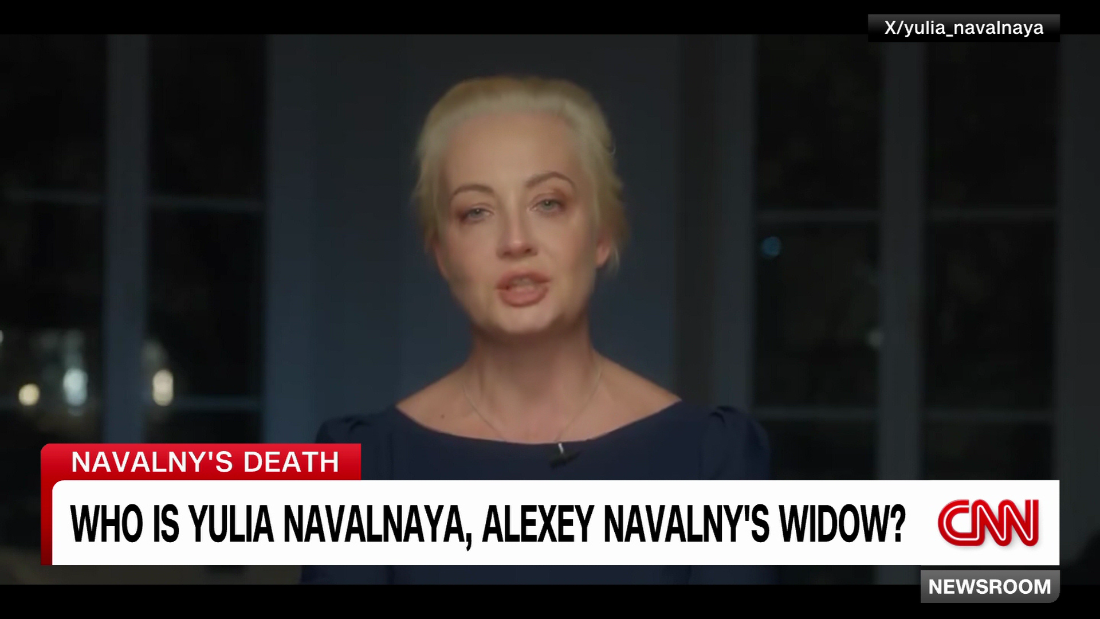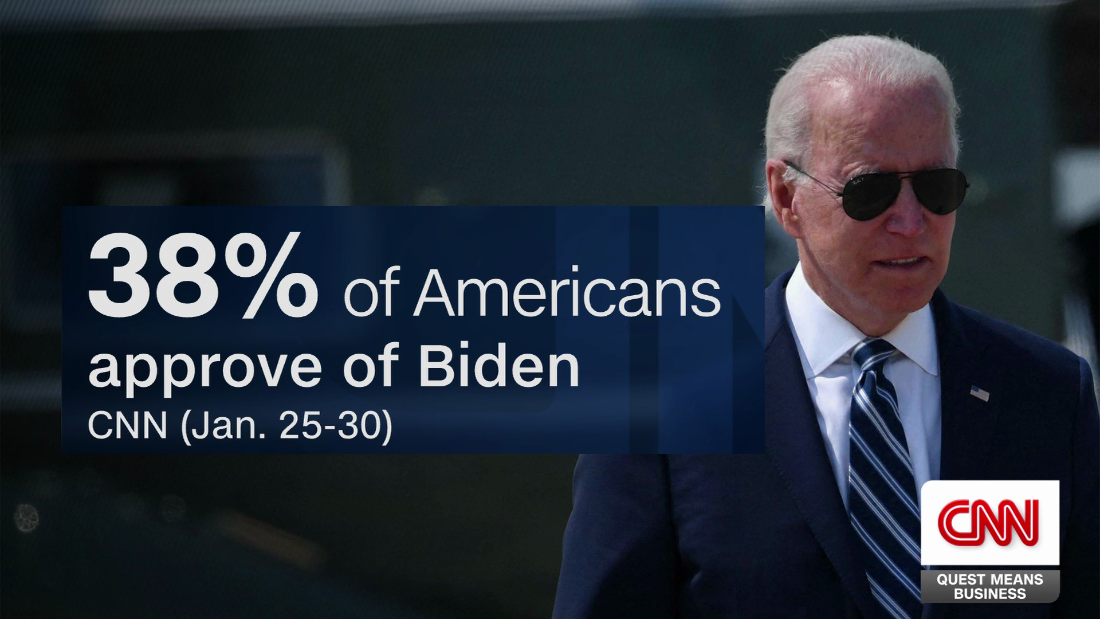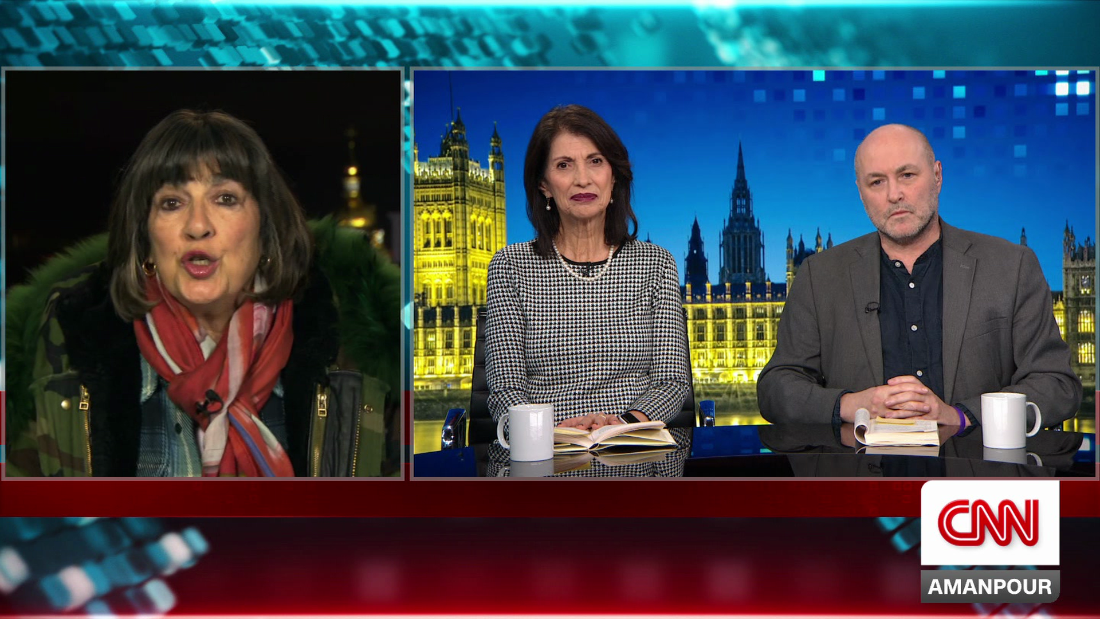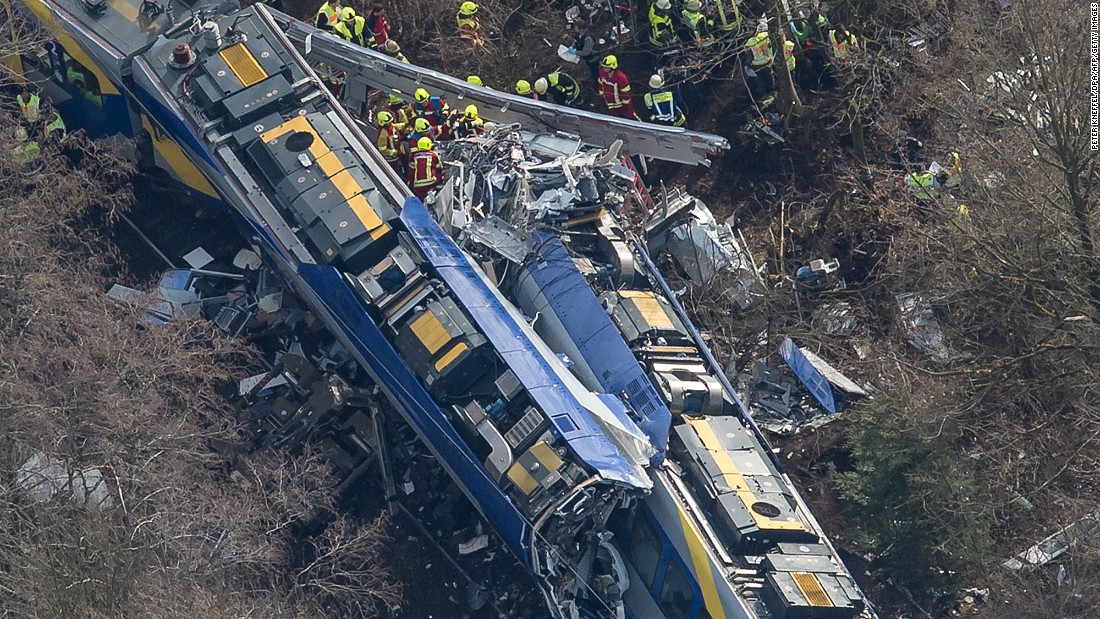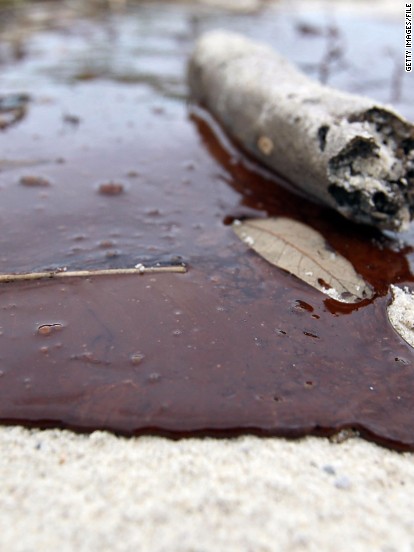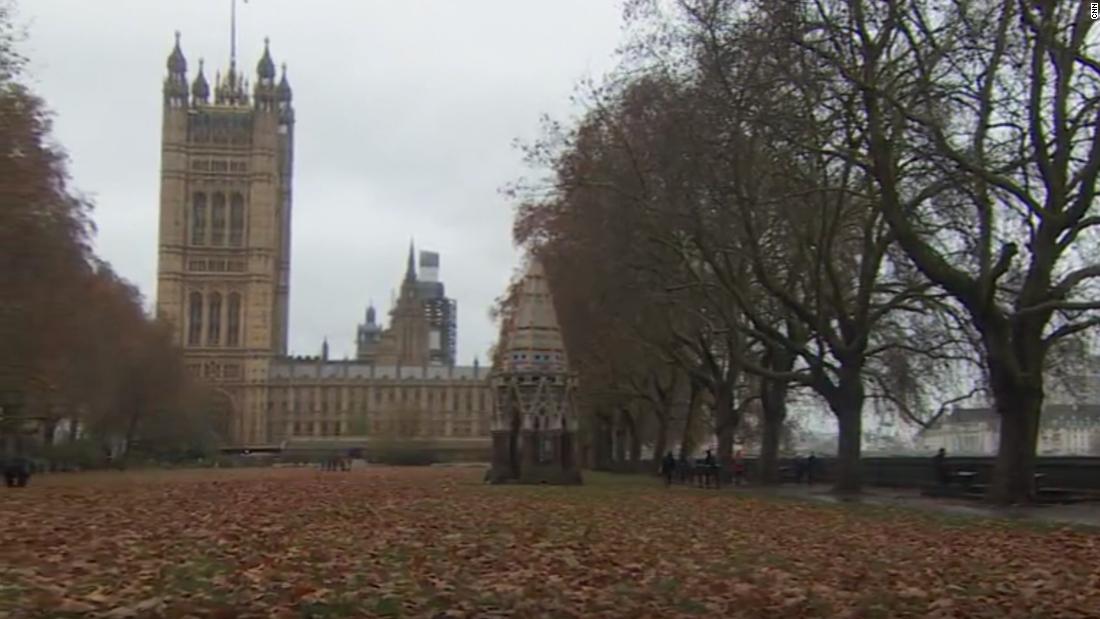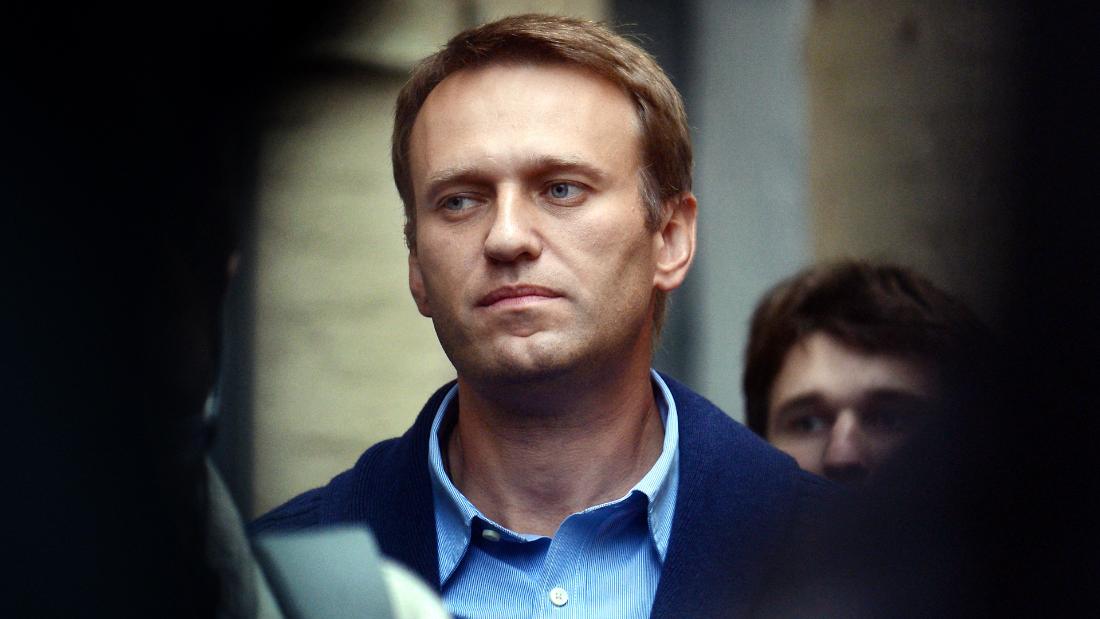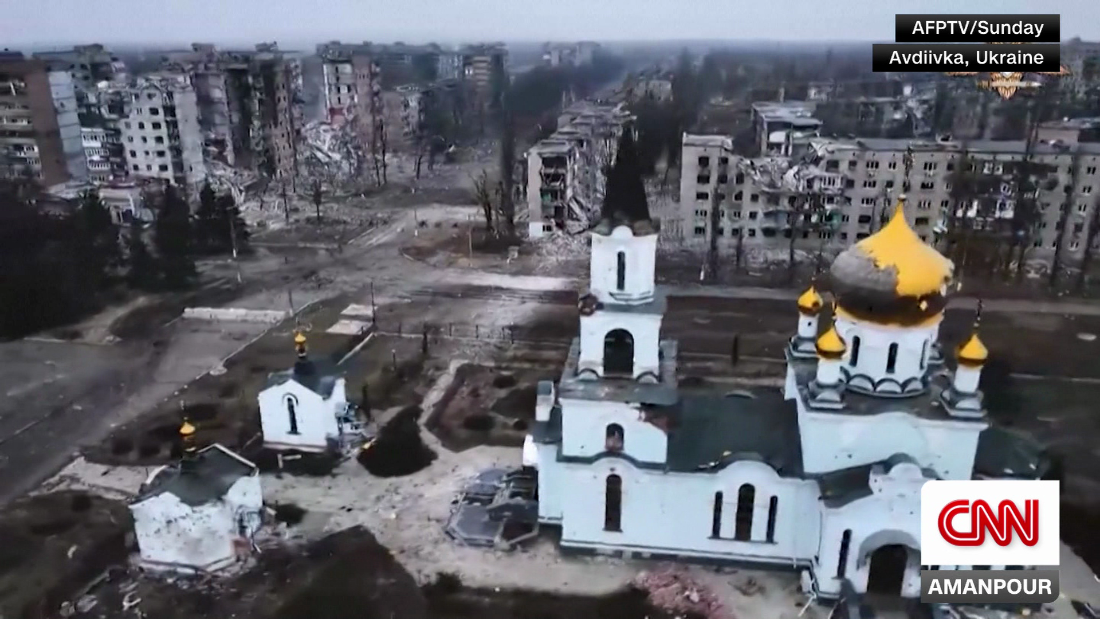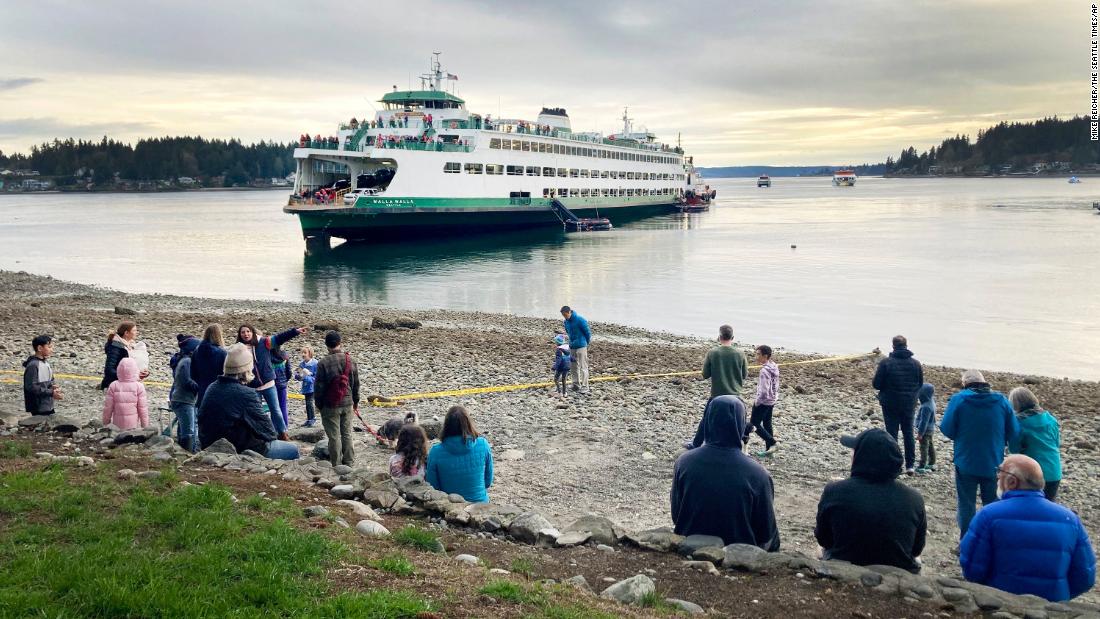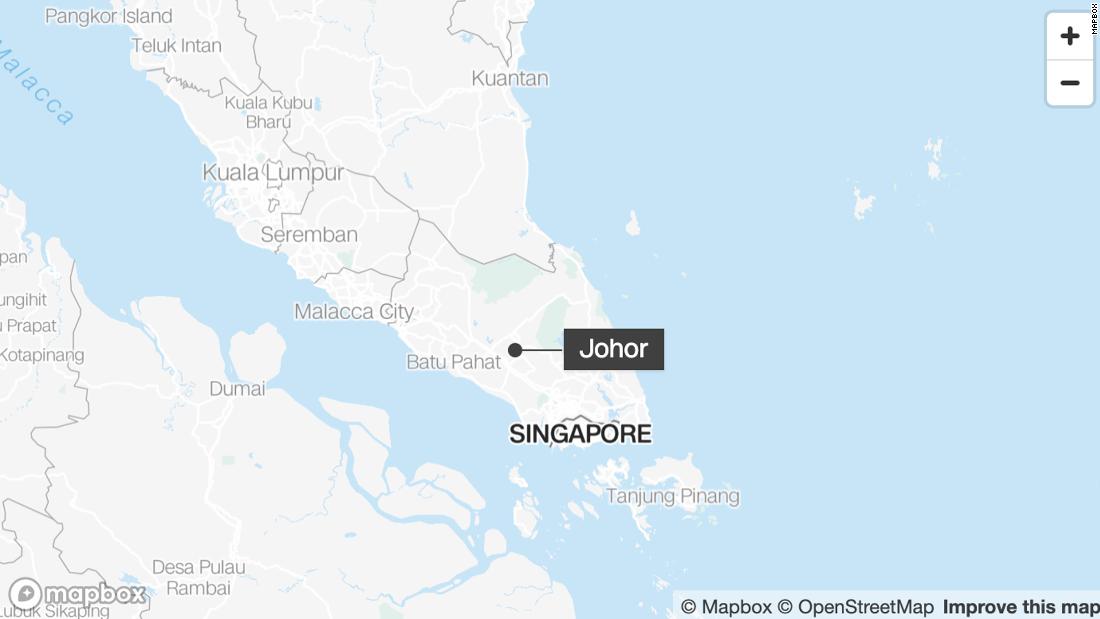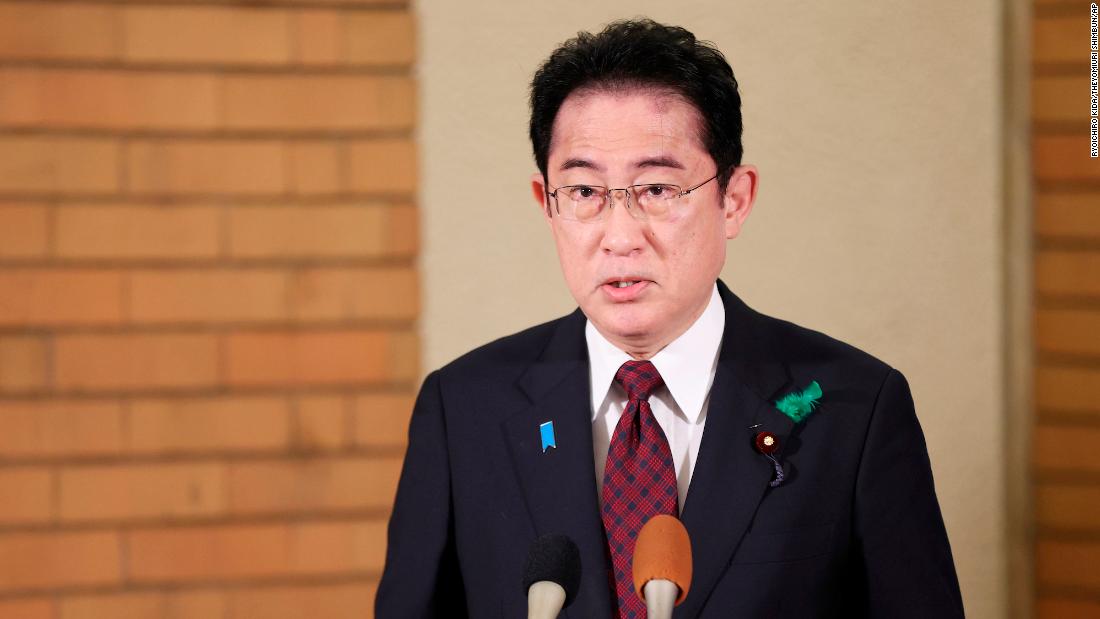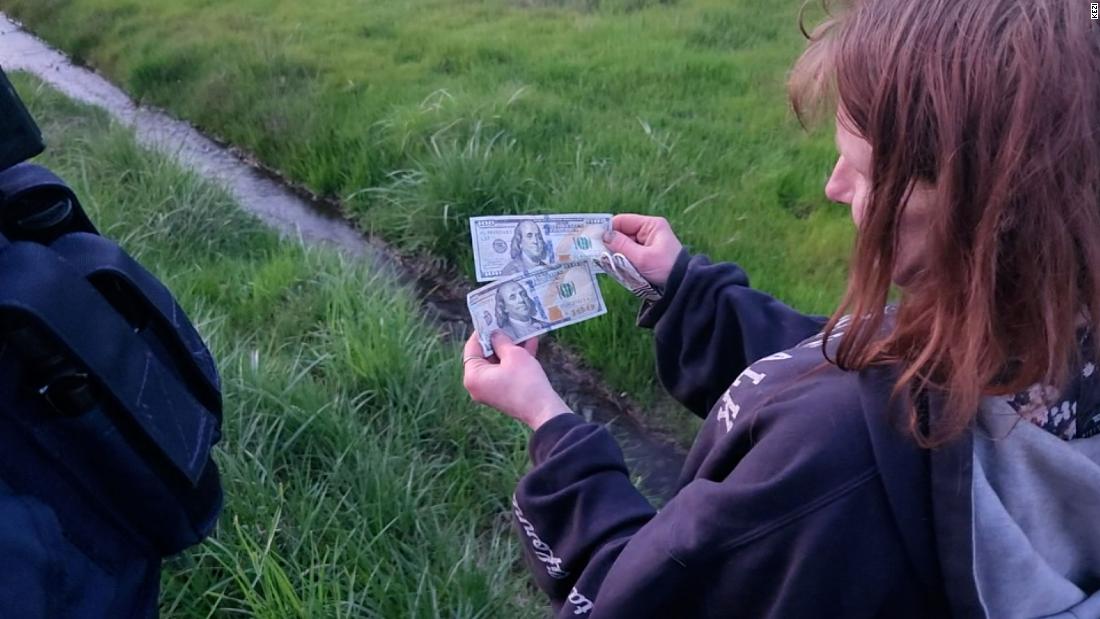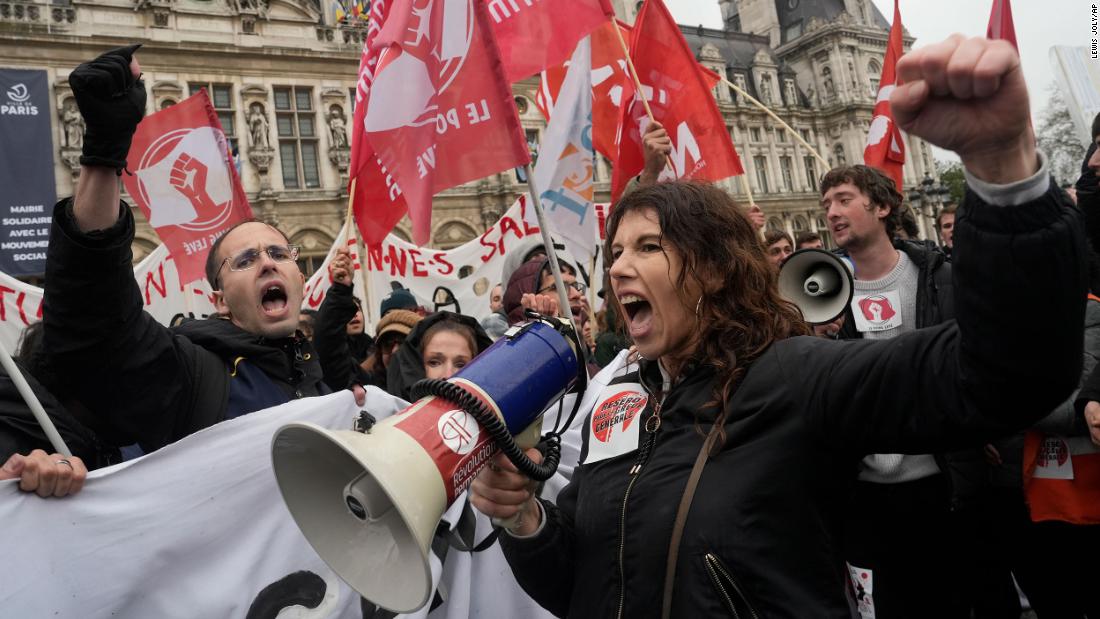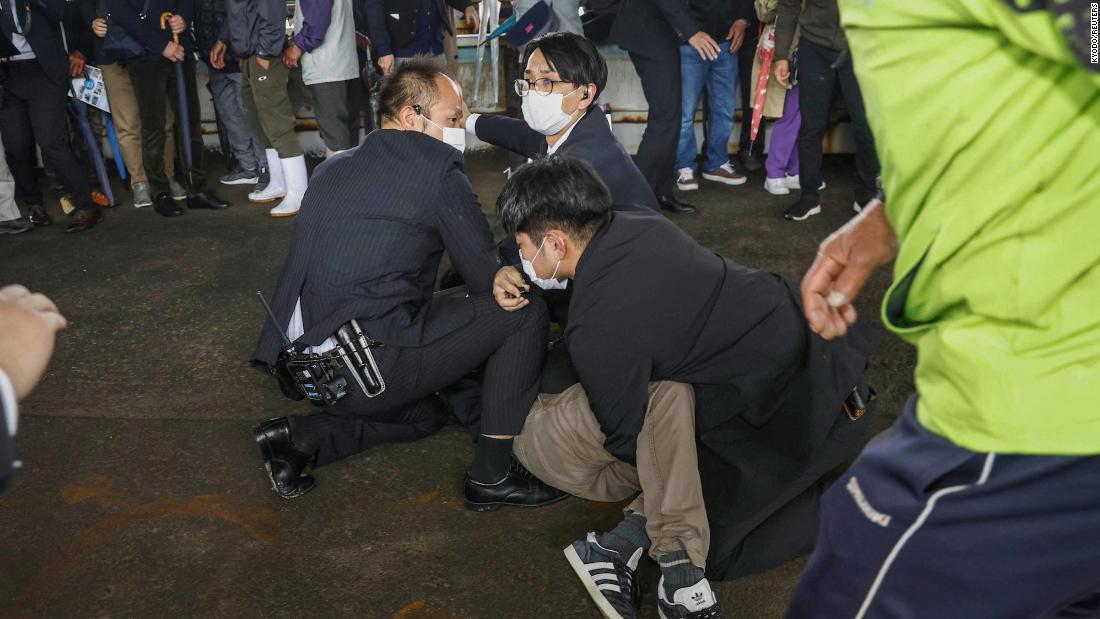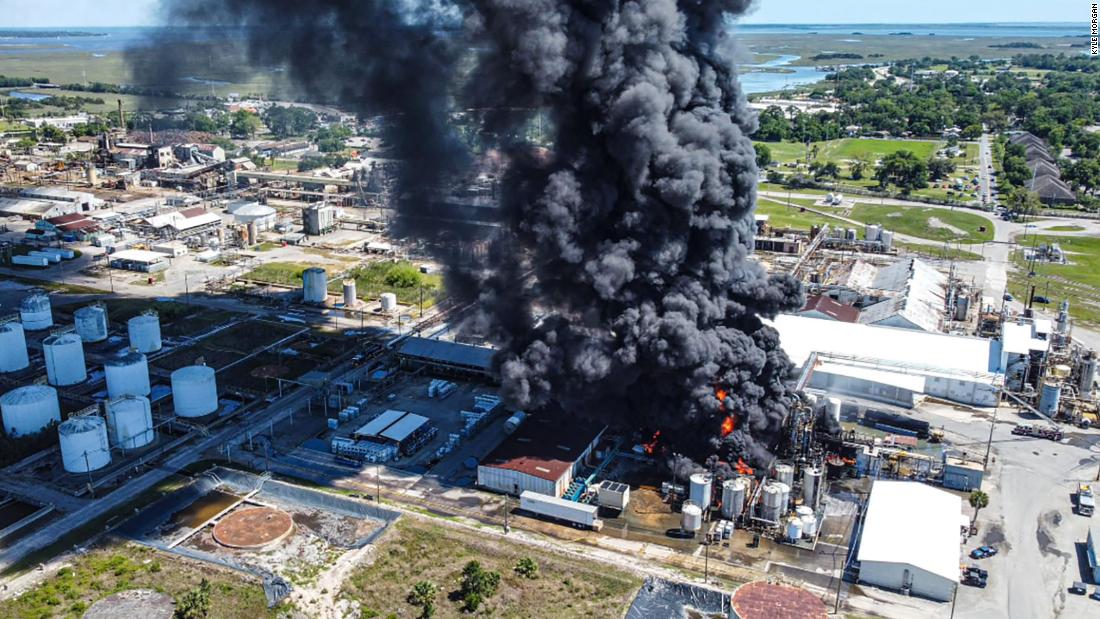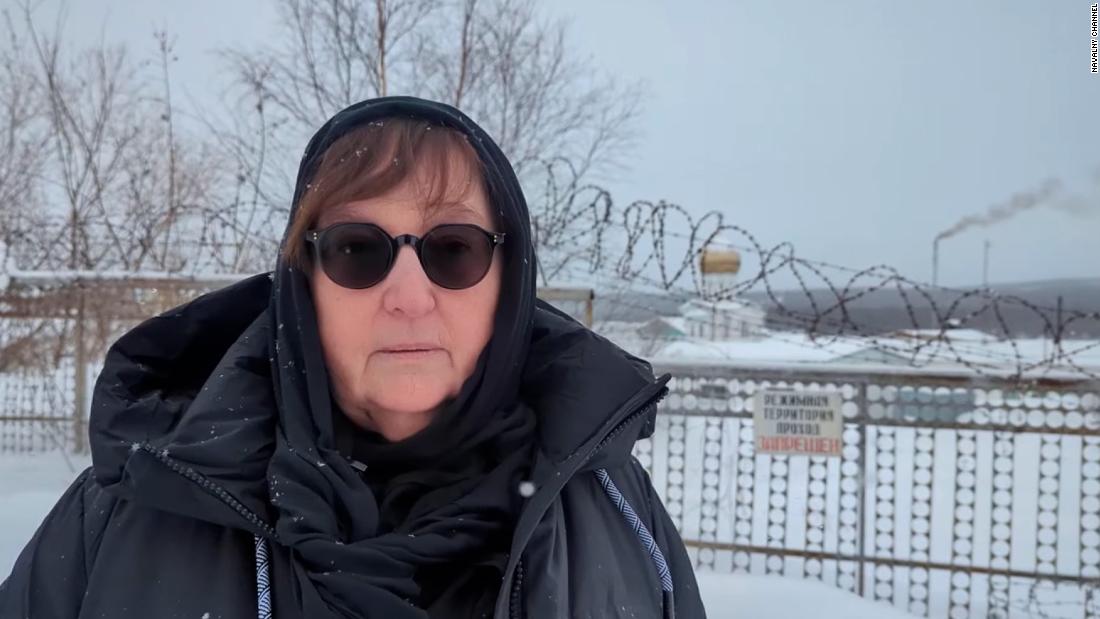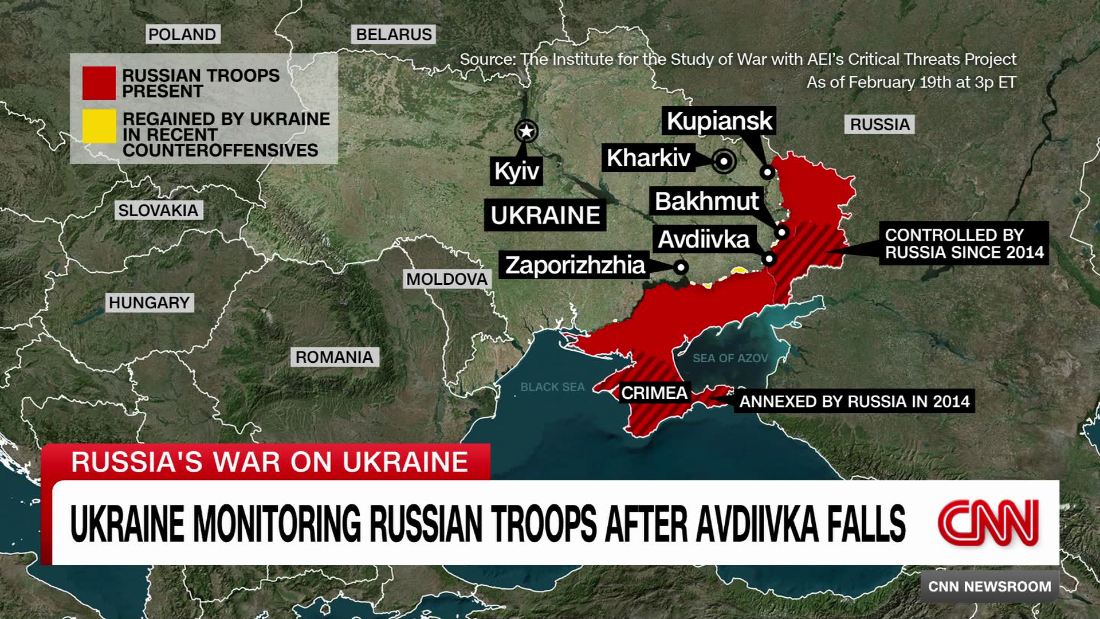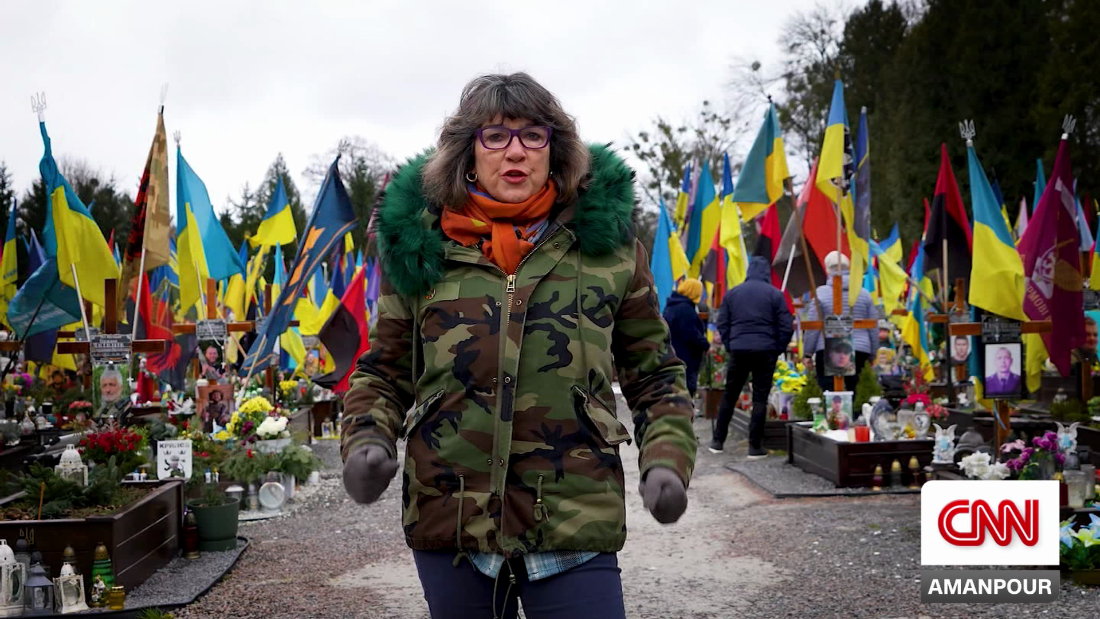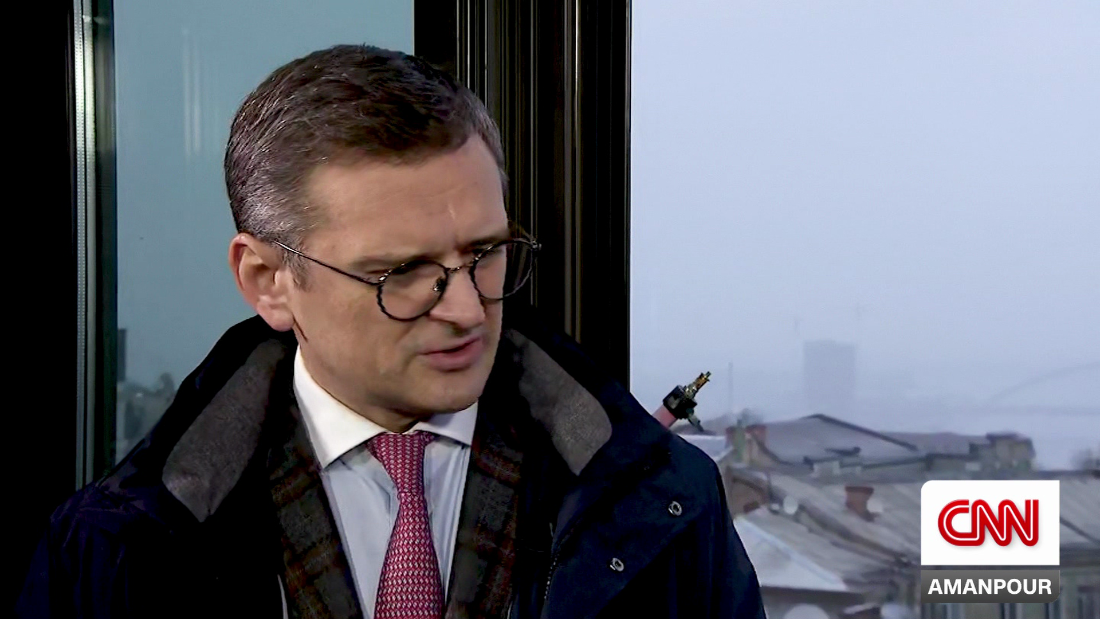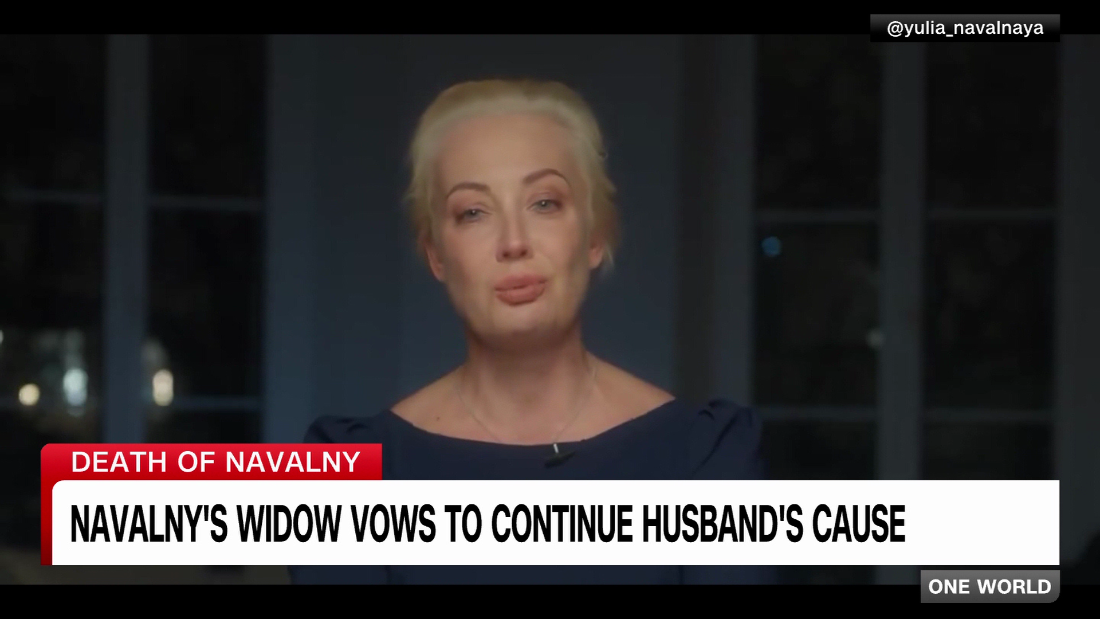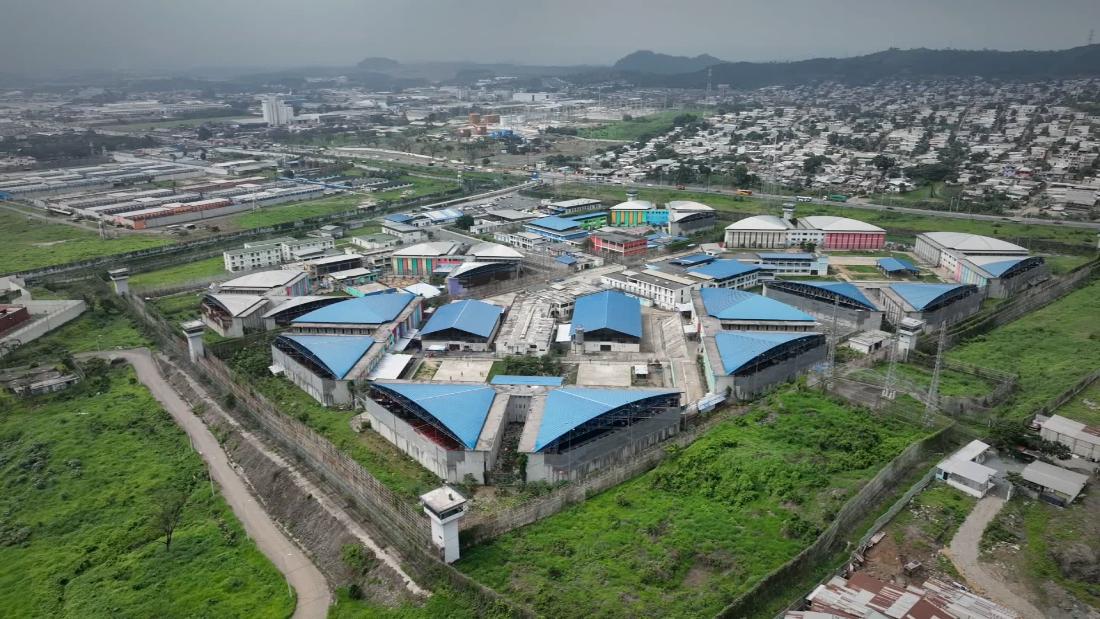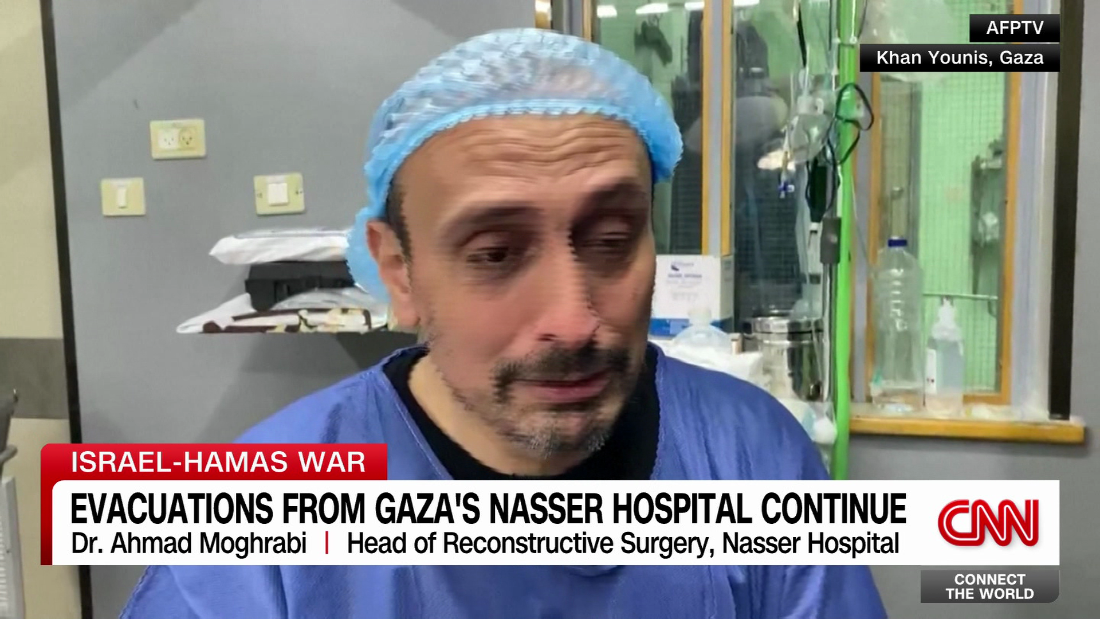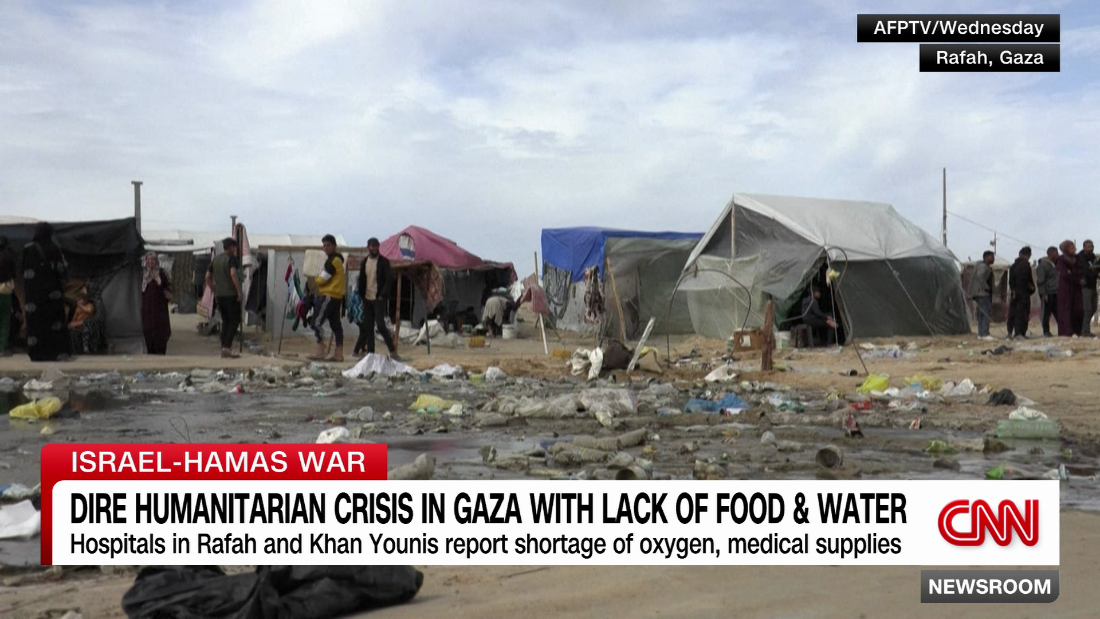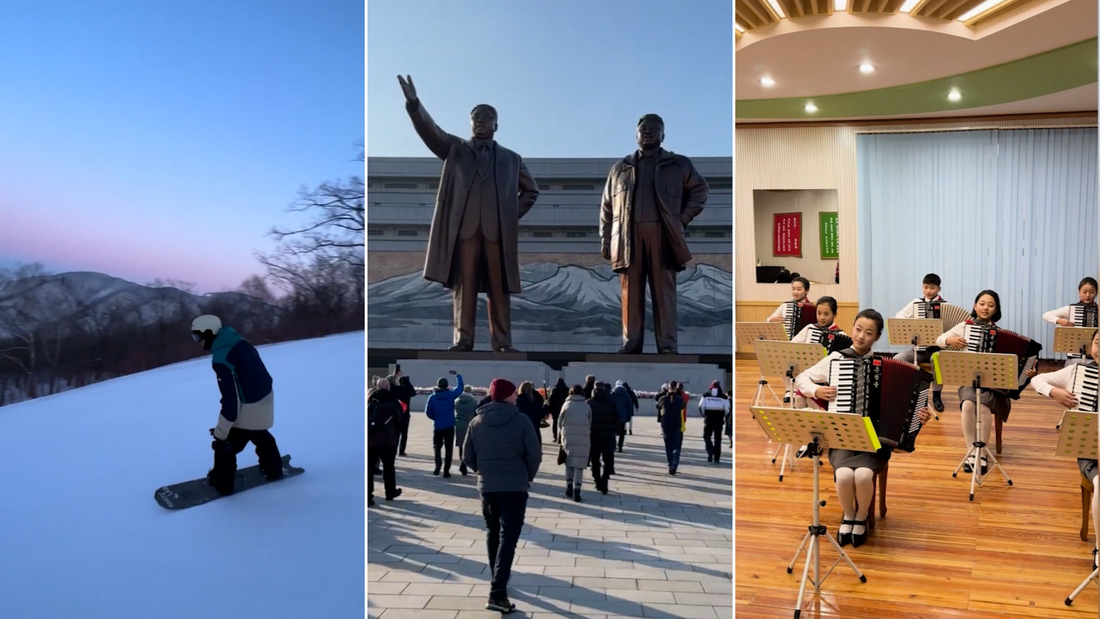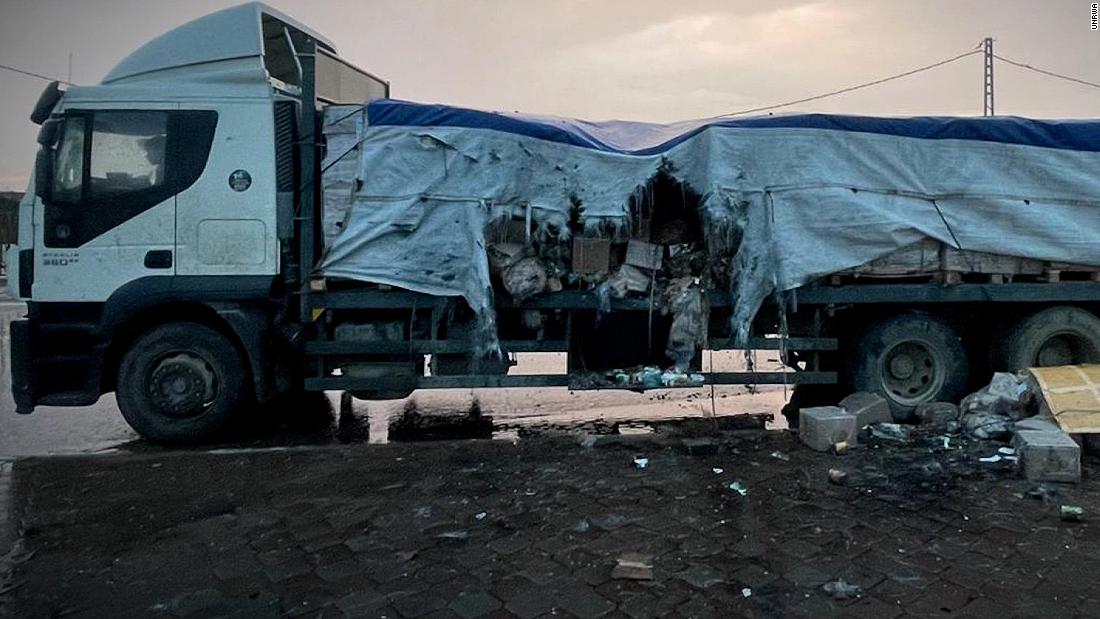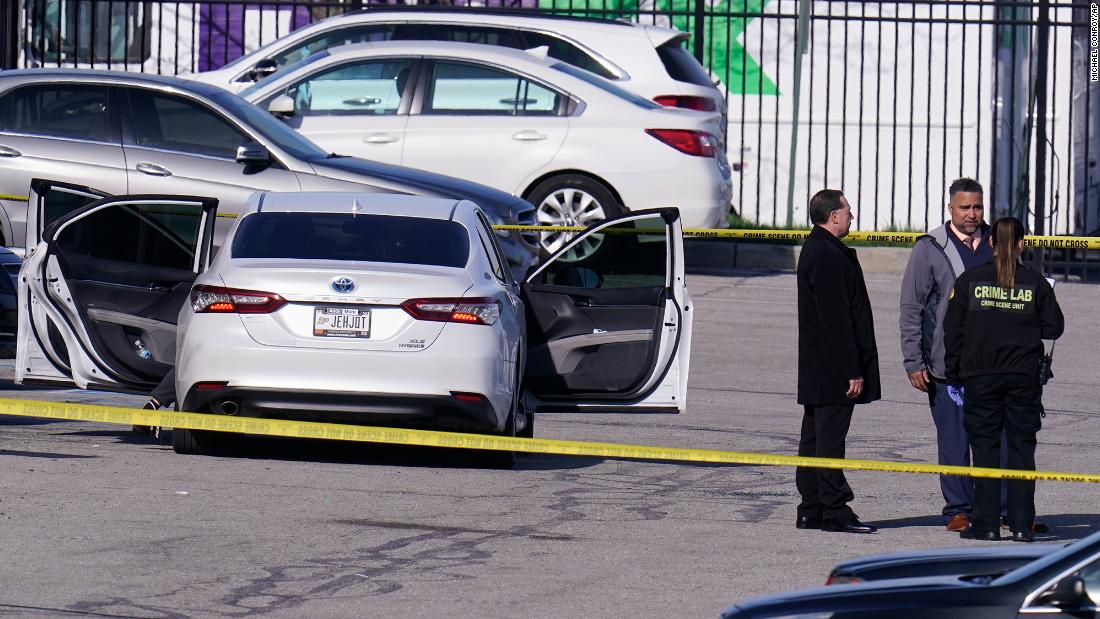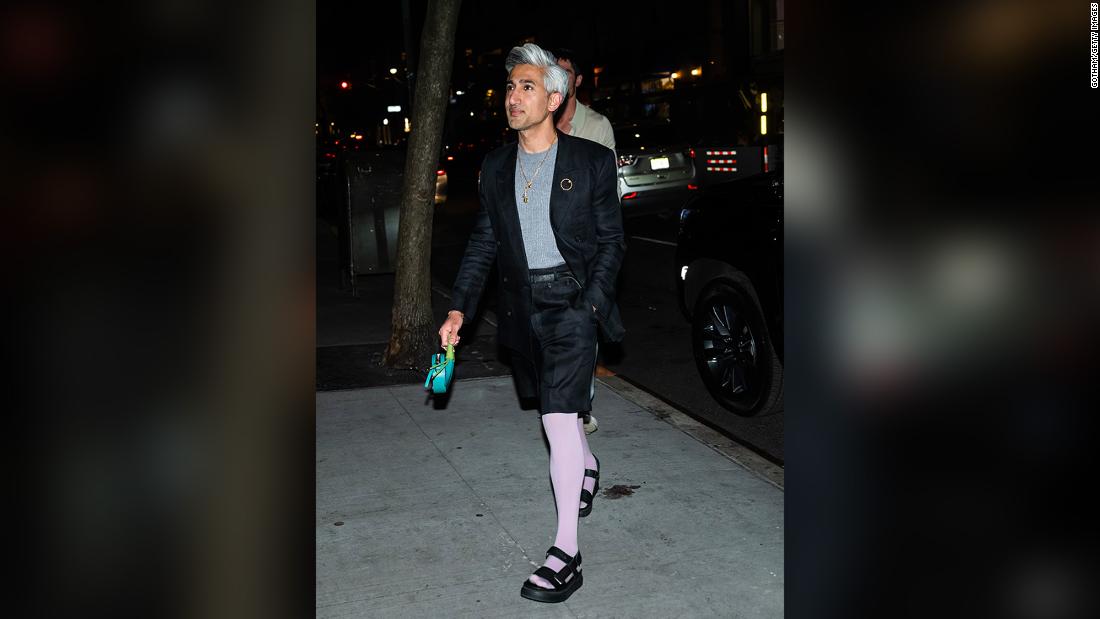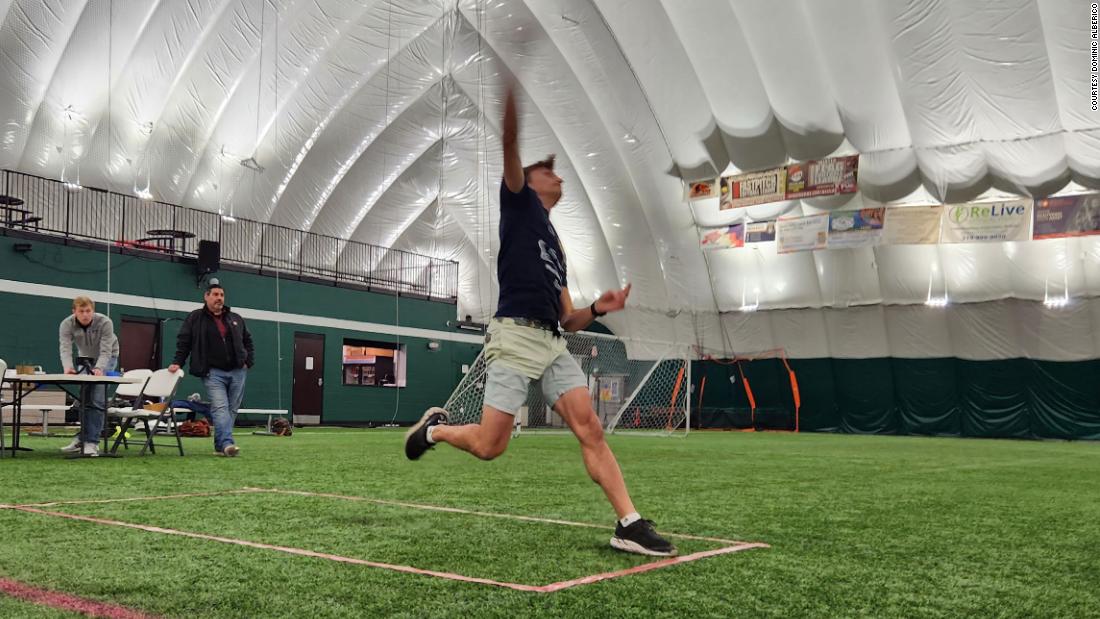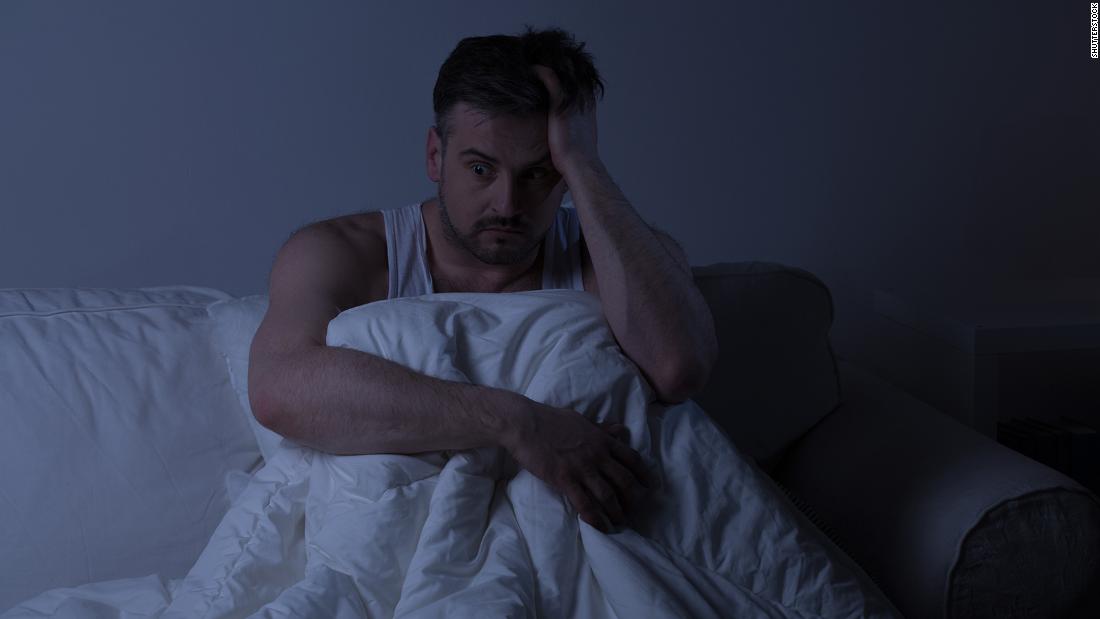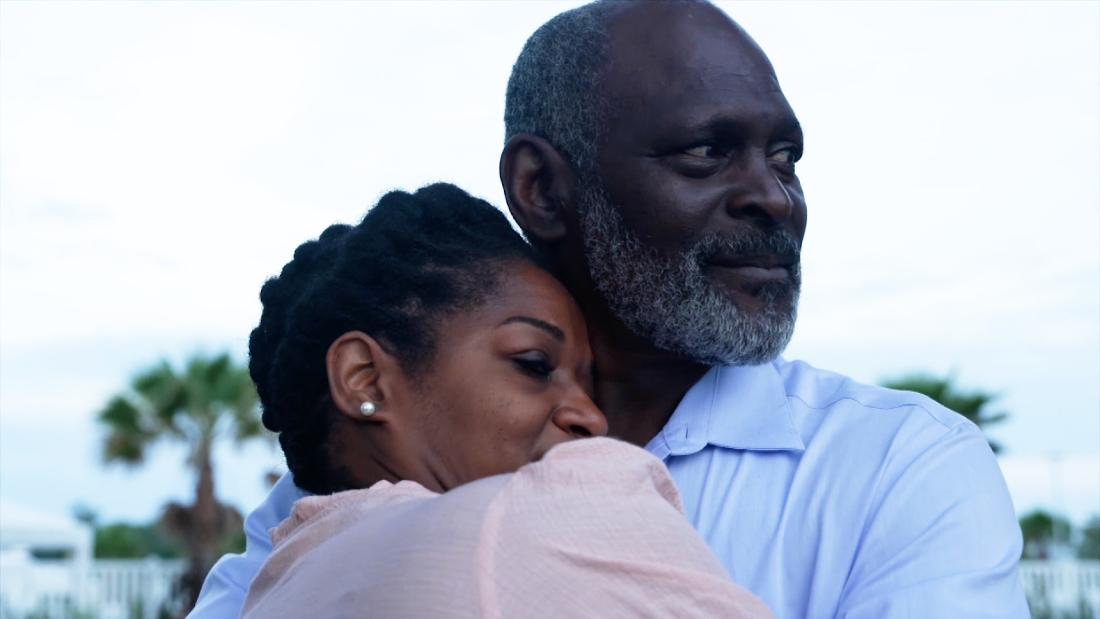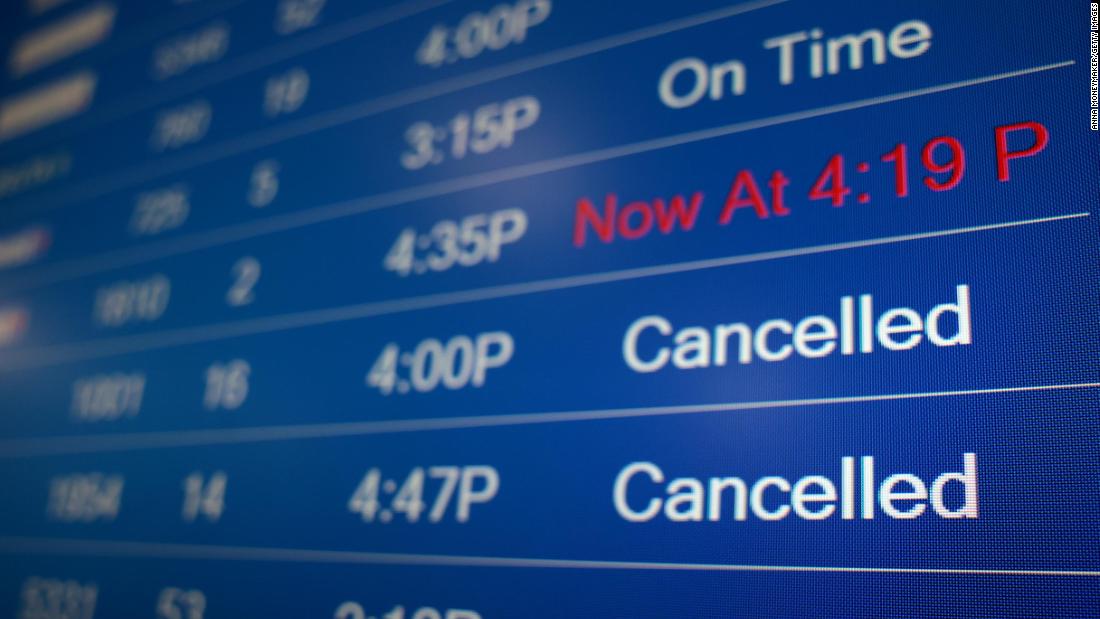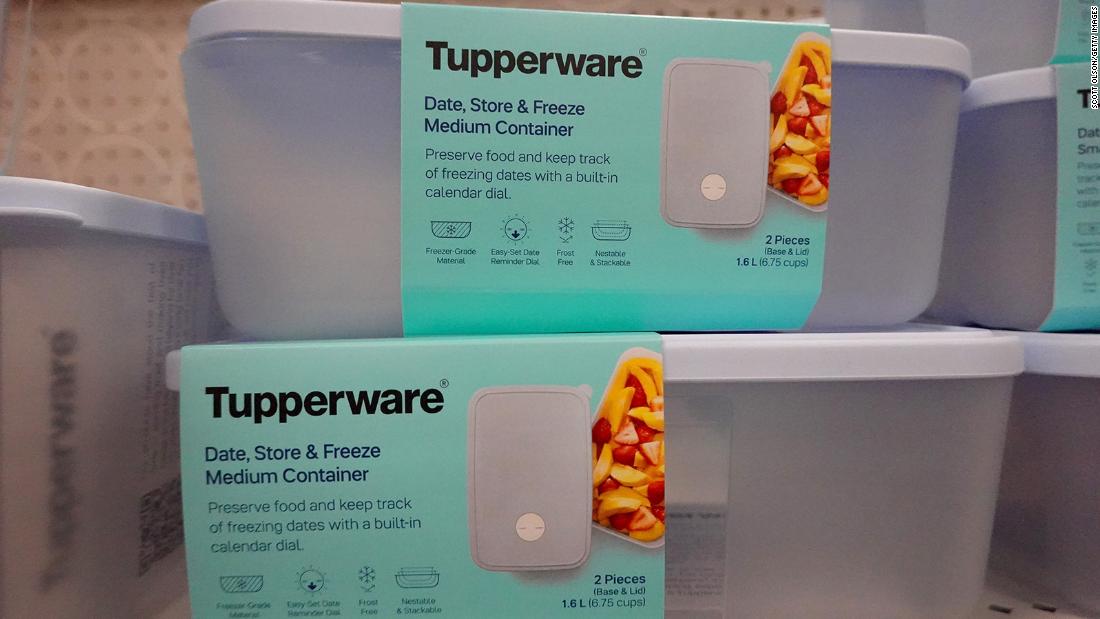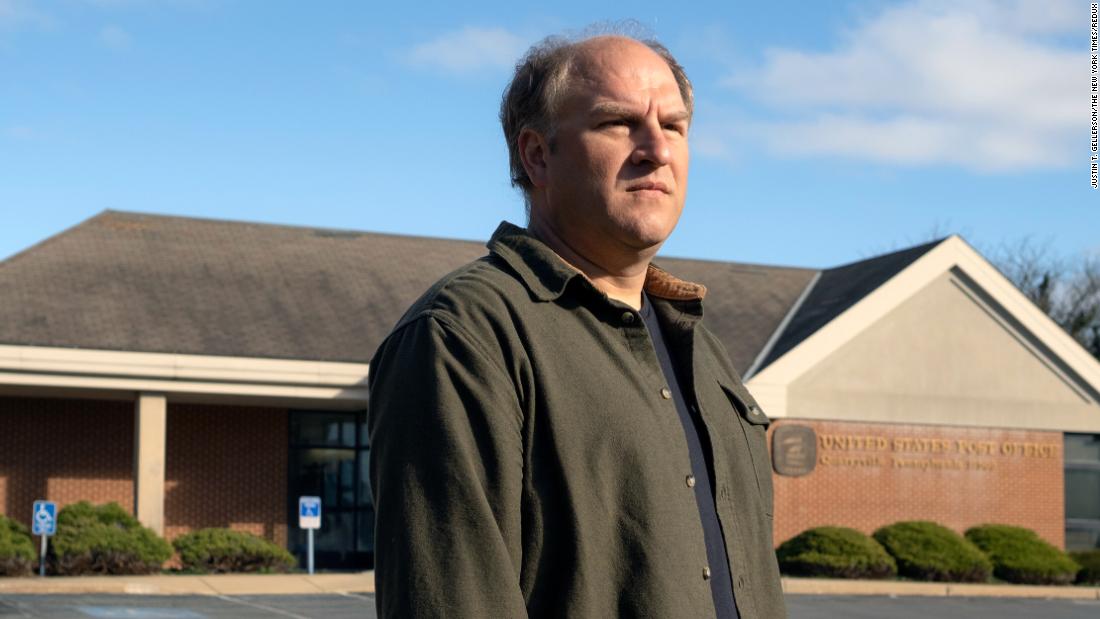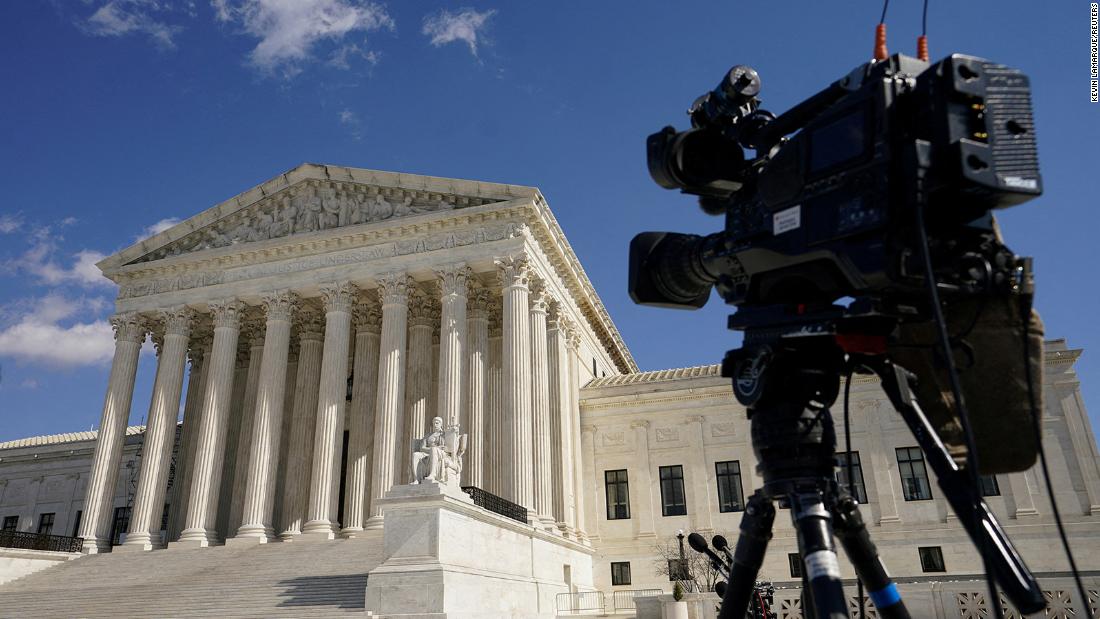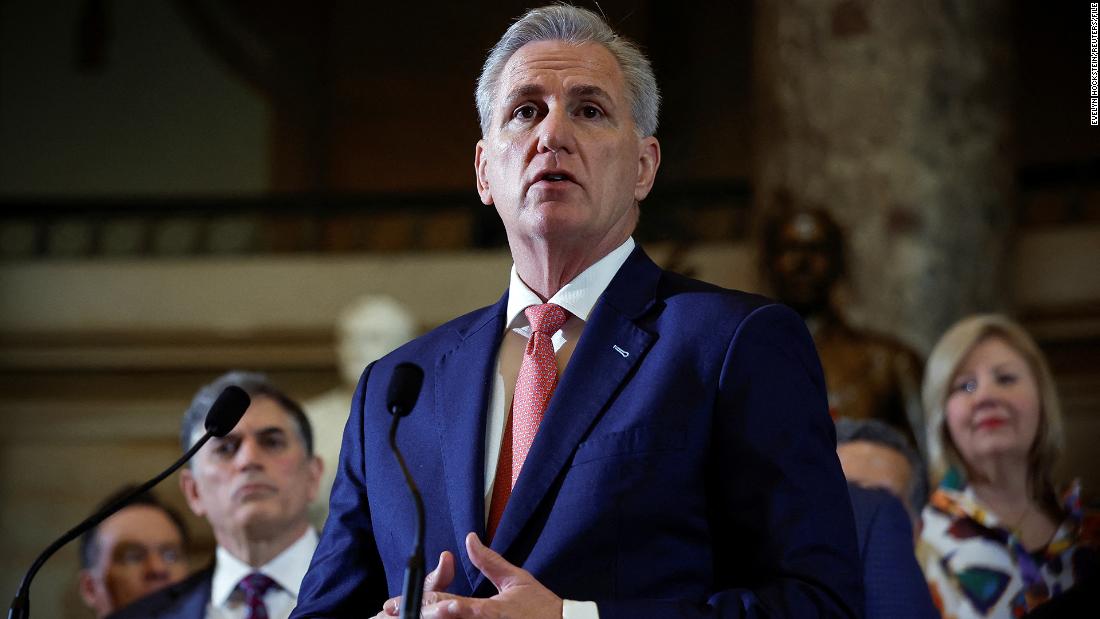CASH-strapped schools are being forced to hire out their classrooms to make ends meet.
The Sun on Sunday can reveal around 60 state primary schools have closed this year due to the nation’s plummeting birth rate.
Sixty state primary schools have closed this year due to the nation’s falling birth rate
NCJ MediaMonkseaton High School in Whitley Bay, North Tyneside will close next year[/caption]
The rate in England and Wales has fallen to its lowest level since records began in 1938 — and the bulk of primary school funding is based on pupil numbers.
Economists warn the decline in births will lead to future problems, with a lack of workers to pay for our pensions, but we can reveal serious issues are already here.
Teaching expert Tom Richmond told The Sun on Sunday: “Schools are shutting, there aren’t enough pupils, teachers are losing their jobs.
“It’s not just leaders and managers, there are dinner ladies who are not needed, there are after-school club staff who are now unemployed.
“The number of new primary school pupils is looking pretty bleak and we’re not at the worst of it yet — by 2028 there will be 150,000 fewer primary school children.
“Schools are having to get creative to bring in more revenue. The Government is encouraging them to open pre-schools and nurseries on site, if they have spare space.
“Others are hiring out space to community groups or sports clubs.”
Sir Thomas Abney Primary in Stoke Newington, London, closed in August due to low pupil numbers.
Before its closure, the main hall, playground and sports hall were all advertised for hire on venue booking site Sharesy.
Arreton St George’s CE Primary on the Isle of Wight, which was saved from closure earlier this year despite a local pupil shortage, hires space out for children’s birthday parties.
Paul Whiteman, general secretary at school leaders’ union NAHT, said: “With the majority of funding calculated on a per-pupil basis, falling rolls create a real headache for schools already struggling amid severe financial pressures.”
The entire country is being affected but London is hardest hit, having seen half of this year’s 60 UK primary school closures.
Between 2012 and 2022, the capital’s birth rate fell by 20 per cent, mainly due to the severe shortage of affordable family housing, and school funding is dependent on pupil numbers.
Schools are having to get creative to bring in more revenue
Tom Richmond
In July it emerged that the capital’s class sizes had become so small, headteachers were merging them to stop children feeling lonely.
This week, Newham Council was warned that closing Calverton Primary School, which is £1.1million in debt, will have a catastrophic impact on its many SEND pupils — those with special educational needs and disabilities.
But the number of children attending the East London school is falling so fast it can no longer afford to stay open.
London Councils has predicted a 3.6 per cent drop in reception pupil numbers over the next four years — the equivalent of 3,195 places or 117 reception classes. It also predicted a fall in demand of 2,646 secondary school places.
Hackney recently closed four primaries, with six more under threat.
The closure of St Dominic’s Catholic Primary devastated teachers, parents and children.
We had no idea there was a problem until we got an email from the headmistress a couple of weeks before the end of term, announcing the closure. My reaction was panic as I definitely didn’t feel ready to start work
Pupil Theo Harris, 17
Teacher Carly Slingsby said: “I have never seen so many of my colleagues in tears. We had these beautiful, thriving communities inside our schools. To see family after family leaving, it’s just heartbreaking.”
Haringey has been cutting places since 2019, Camden recently shut four primaries and, in 2023, the historic Archbishop Tenison’s secondary in Oval was closed.
But it is not just a London problem.
Pupil Theo Harris, 17, was halfway through his A-level studies at Bishop Challoner School in Bromley, Kent, when it closed its doors, blaming a significant decline in pupil numbers.
Having joined the independent Catholic co-ed — which took children aged from three to 18 — only a year ago, Theo is now having to retake Year 12 at another school.
He said: “There were only four or five pupils in each class but that was quite good as we got a lot of time with the teachers. The school felt very quiet, there were hardly any kids in the corridors or canteen but I liked the chilled vibe.
Google EarthIn August, Kettlesing Felliscliffe Community Primary School in Harrogate, North Yorks, closed its nursery due to lack of demand[/caption]
Google EarthBishop Challoner School in Bromley, Kent, closed its doors, blaming a significant decline in pupil numbers[/caption]
“We had no idea there was a problem until we got an email from the headmistress a couple of weeks before the end of term, announcing the closure. My reaction was panic as I definitely didn’t feel ready to start work.
“I started at a different school but because the courses are different most of us are having to repeat Year 12. Now a two-year course has become three years.”
In August, Kettlesing Felliscliffe Community Primary School in Harrogate, North Yorks, closed its nursery due to lack of demand.
Lack of demand
It was decided in January that Balnamore Primary School in Co Antrim would close this summer.
In December 2024, a decision was made to close Monkseaton High School in Whitley Bay, North Tyneside, partly as a result of low birth rates. It will go next year.
Last year Southfield Primary Academy in Brackley, Northants, closed.
Brading Primary on the Isle of Wight was one of six set to be closed by the council due to hundreds of unfilled places, until the community intervened.
In March, the council voted not to close Brading, but one other primary on the island has since shut and more may follow.
Nick Binfield, 43, whose daughters Hannah, nine, and Elizabeth, seven, attend the school, was one of those who battled against closure.
Nick, a teacher, told The Sun on Sunday: “It would have caused a massive problem. We would have been looking at £16 per day for kids on travel to get to a new school, which works out at £3,000 per year. My wife would have to take an 80-minute round trip on the bus twice a day.
“How are parents meant to work with that kind of situation? Lots were considering homeschooling.”
Parents at a primary in Bristol are fighting to keep their classrooms open.
Hotwells is ranked among the best in the city but bosses plan to merge it with a school a mile away, blaming low numbers.
Dad-of-two Alasdair Cameron, 44, a charity worker from Bristol, said: “I can’t understand the decision — there are well over 1,000 new flats and houses planned for this area so you would hope that school places will be needed.
We are living longer and there will be a bulge of people over 60, who tend to cost more through healthcare and pensions
Paul Dales, chief UK economist for Capital Economics
“They are saying it’s running at a £100,000 loss. Parents with Special Educational Needs and Disabilities kids are worried about the additional impact it will have on them.”
Just 15 per cent of Gen Z adults say they want children.
With a population decline there will be fewer people in the workforce.
Inevitably, the retirement age will rise and we will have to work longer and receive smaller pensions.
Paul Dales, chief UK economist for Capital Economics said: “By operating fewer schools the education budget goes further.
“But longer term it’ll have a negative effect because if you have fewer people going into the working age, there is a smaller share of the population generating tax revenues.
Darren FletcherTheo Harris, 17, is now having to retake Year 12 at another school[/caption]
Andrew StyczynskiTeaching expert Tom Richmond told The Sun on Sunday: ‘Schools are shutting, there aren’t enough pupils, teachers are losing their jobs’[/caption]
“We are living longer and there will be a bulge of people over 60, who tend to cost more through healthcare and pensions.
“The Government can’t borrow its way out of it, they have to address this. This is a problem for all major economies, some Asian economies, Germany and Italy are much further along the road.”
In Japan, women are urged to have more children.
The population is projected to shrink from 2009’s 128.5million to 75million by 2100.
South Korea has the world’s worst fertility rate.
Their problems already include deteriorating economic conditions, soaring house prices and long working hours.
Published: [#item_custom_pubDate]













